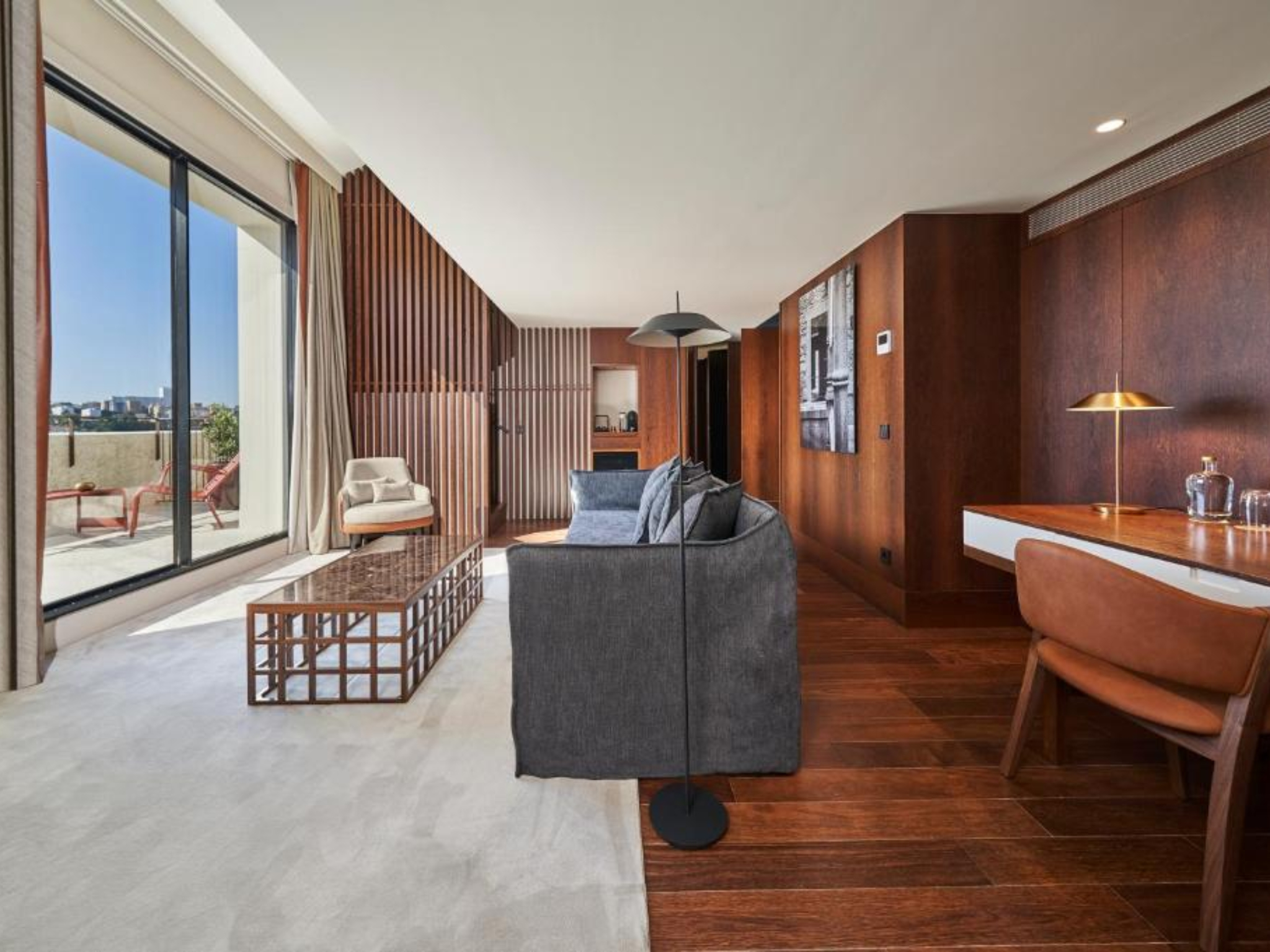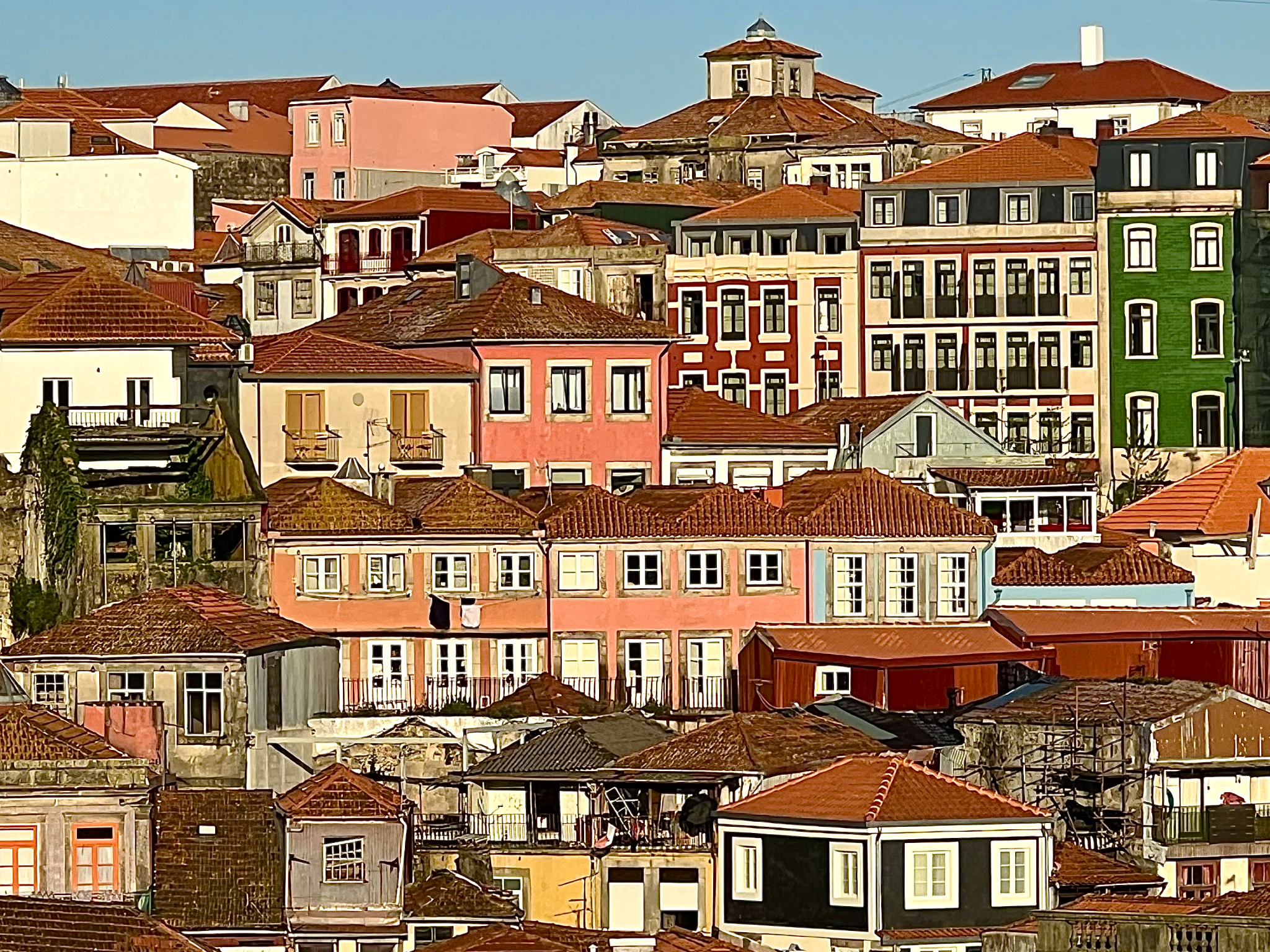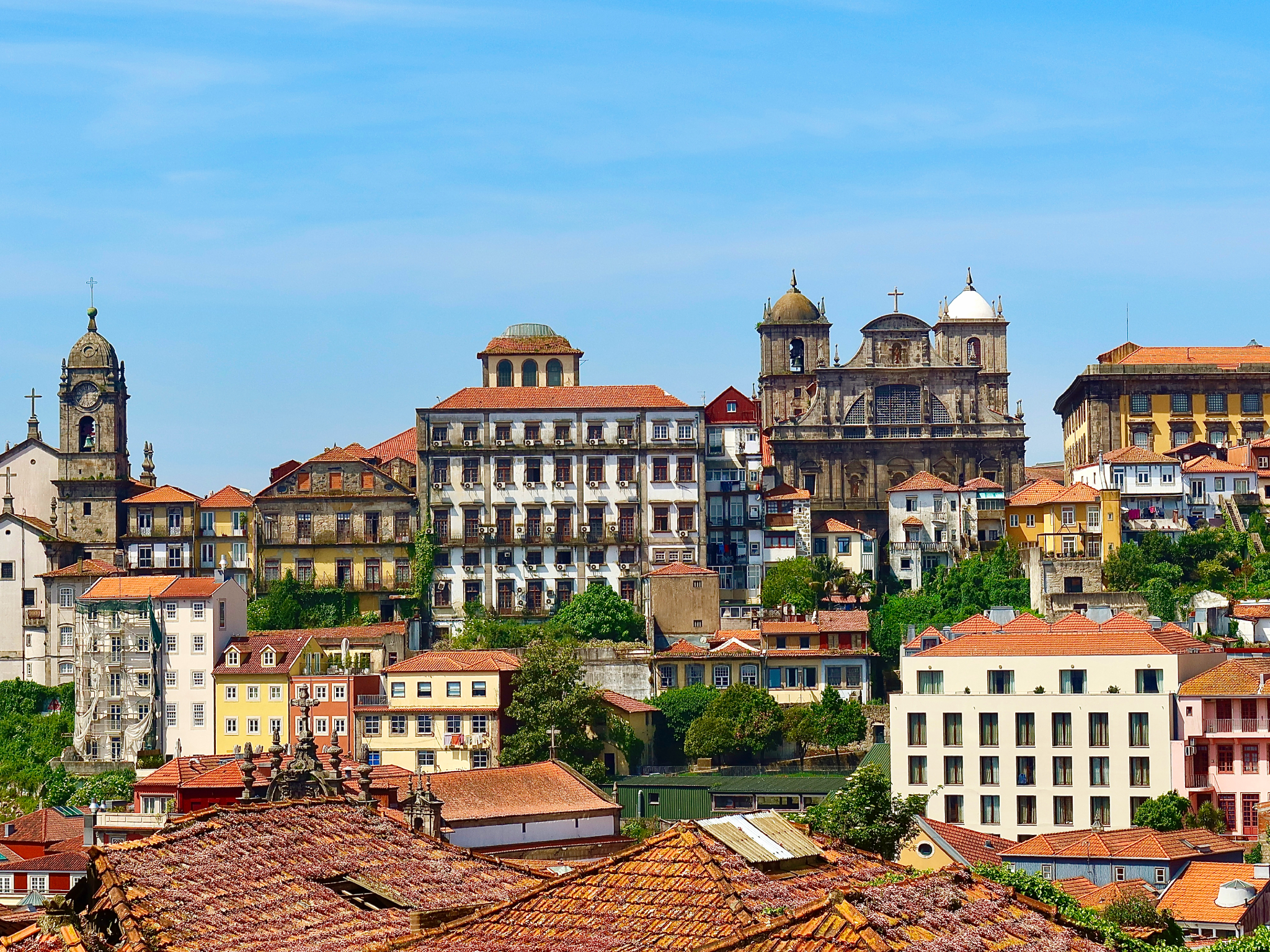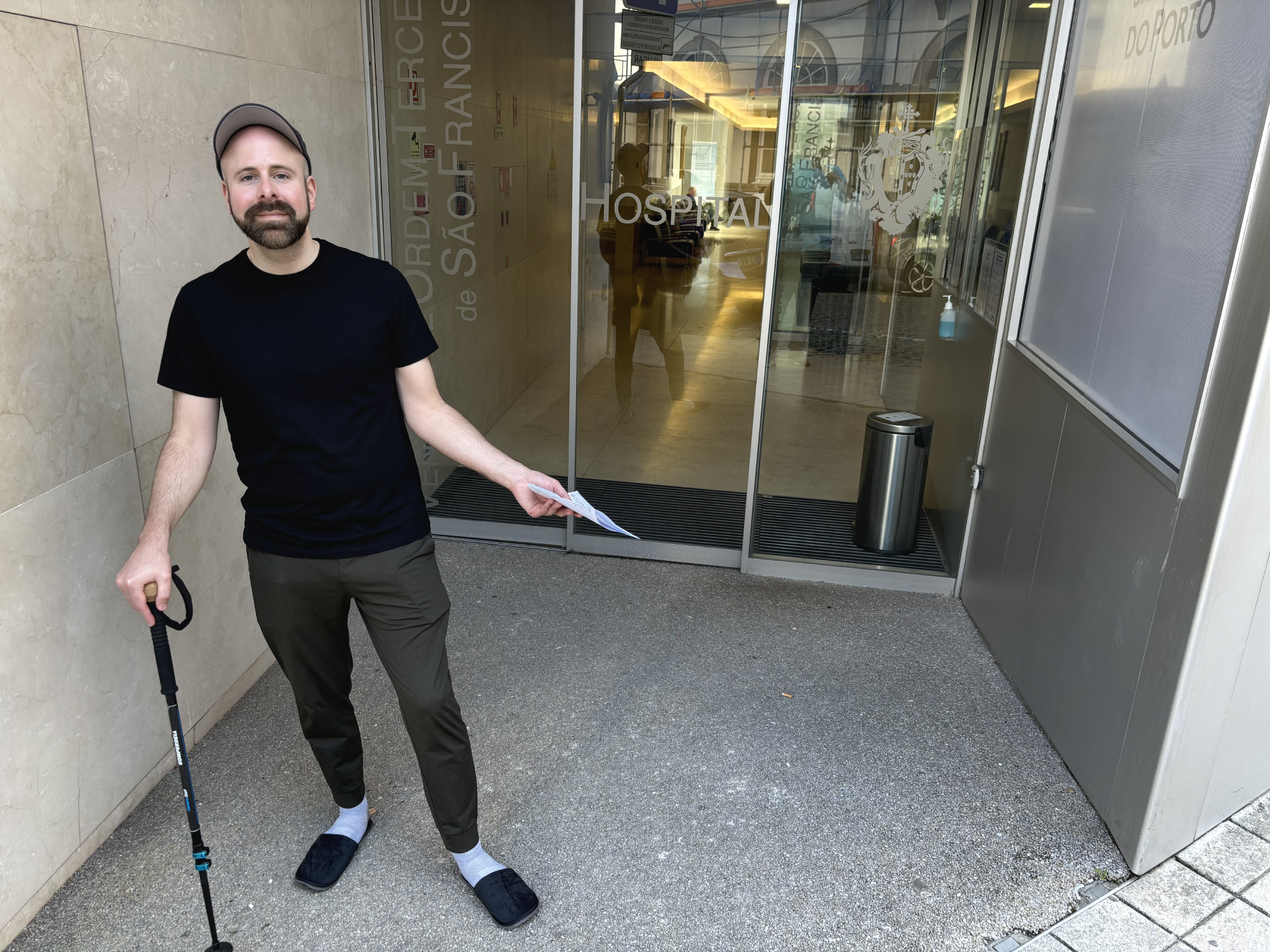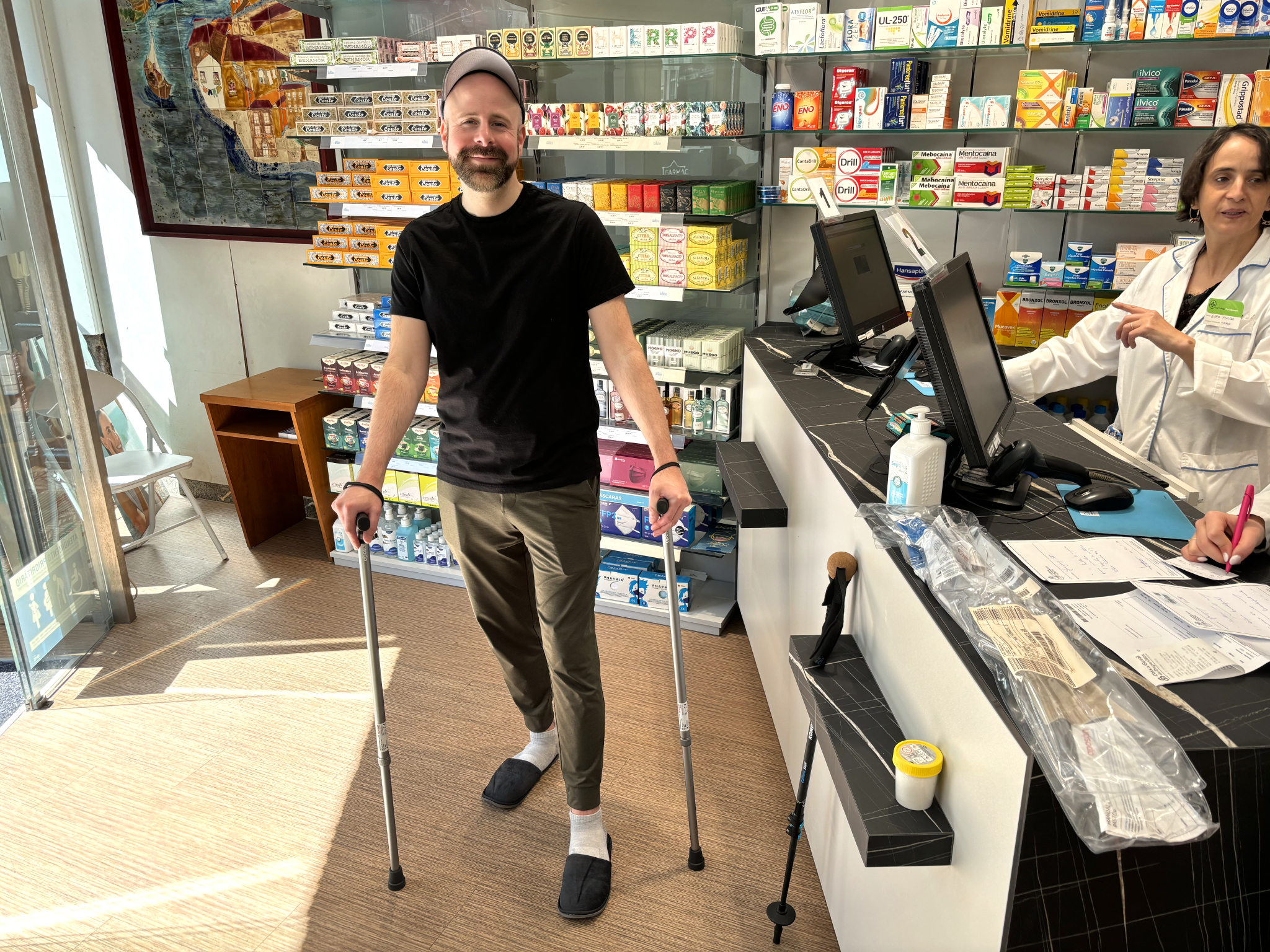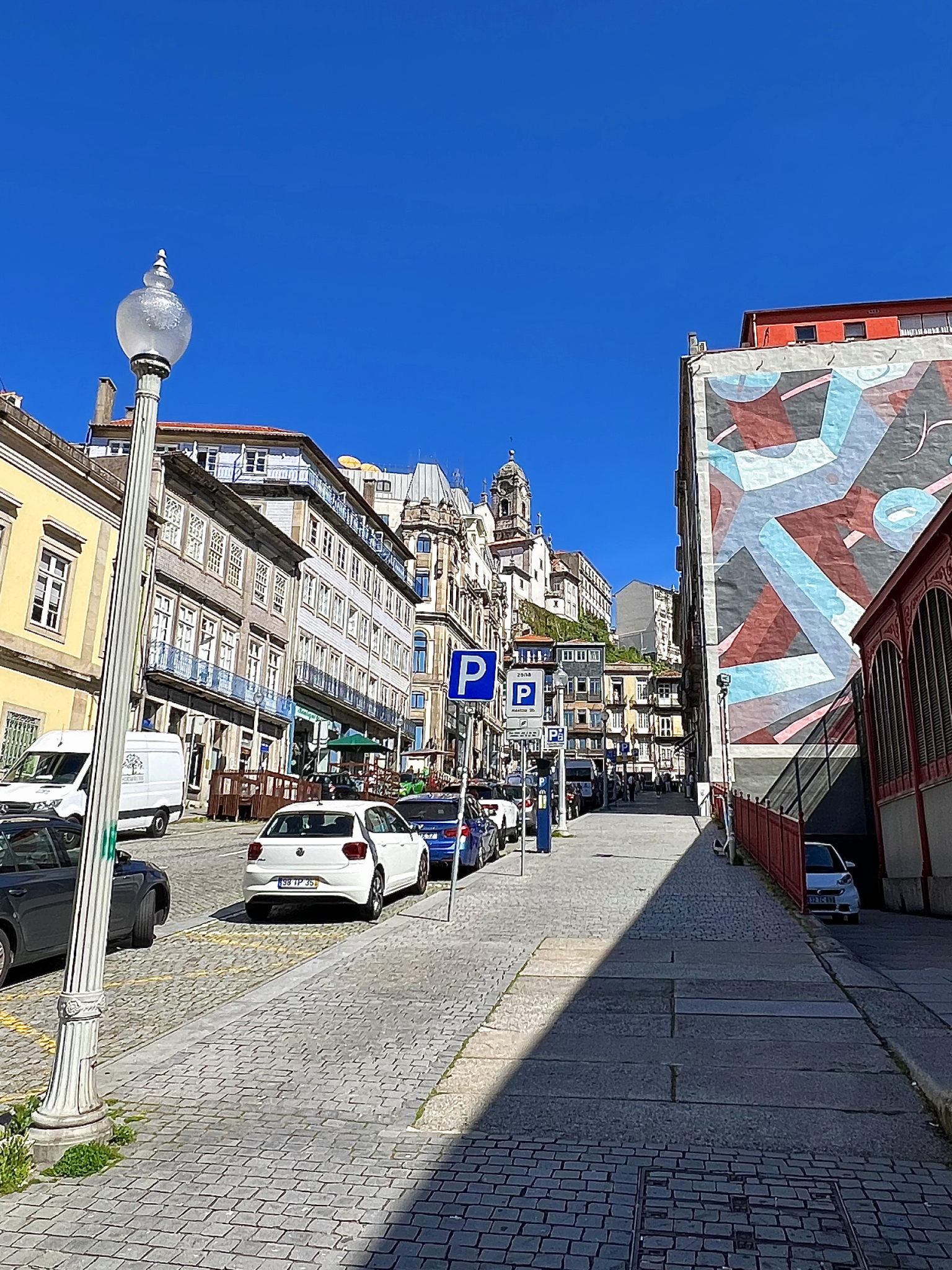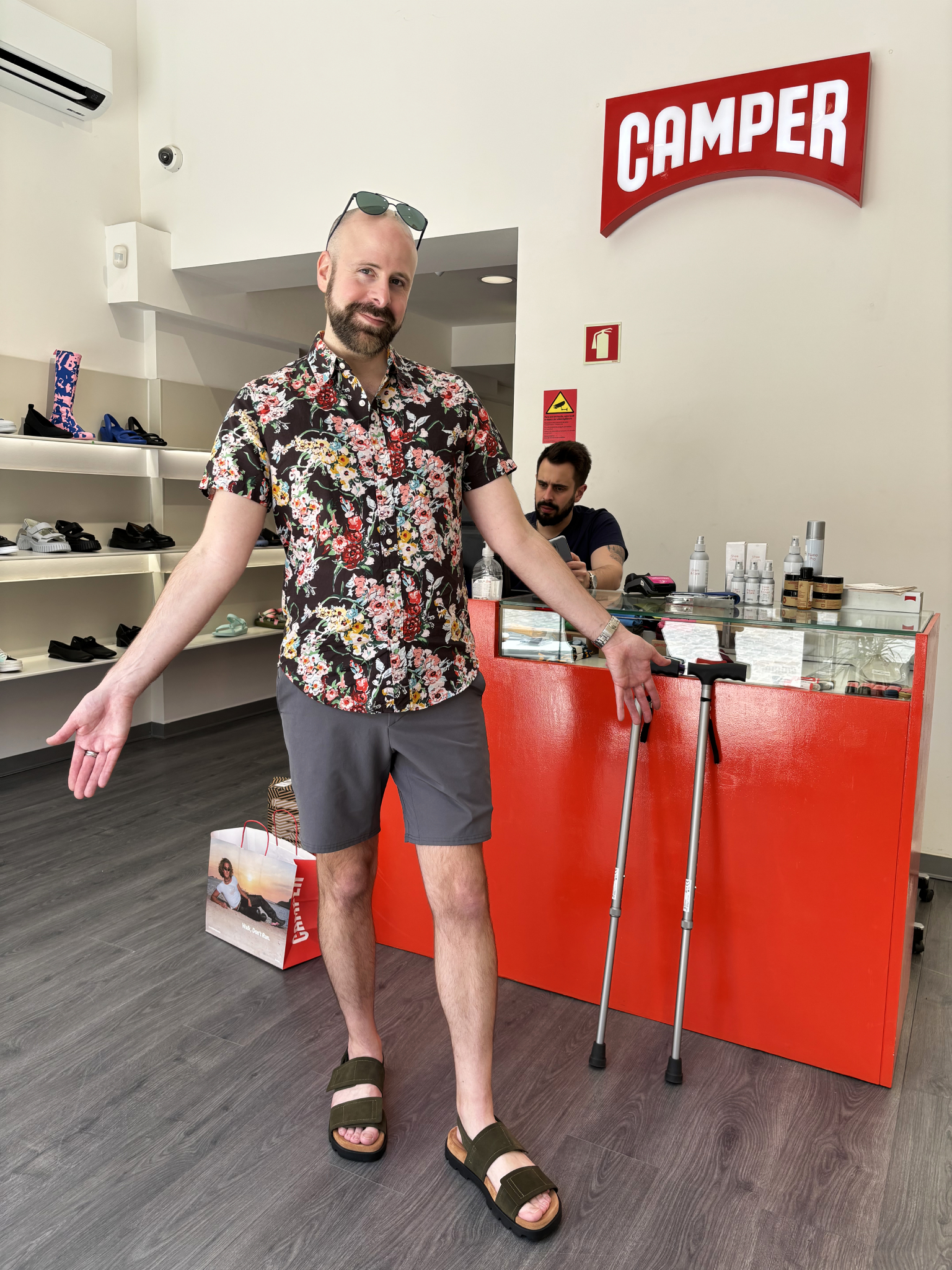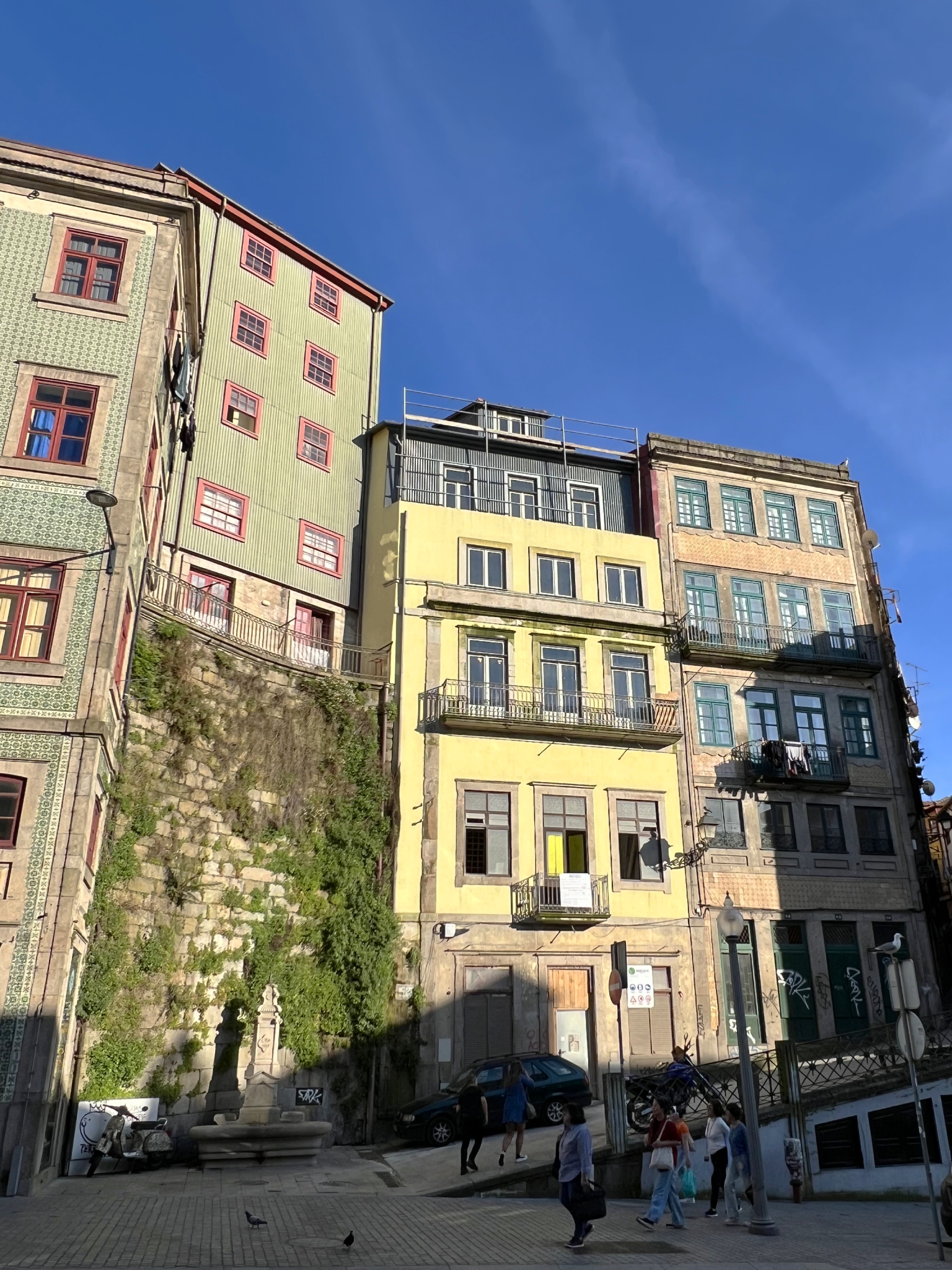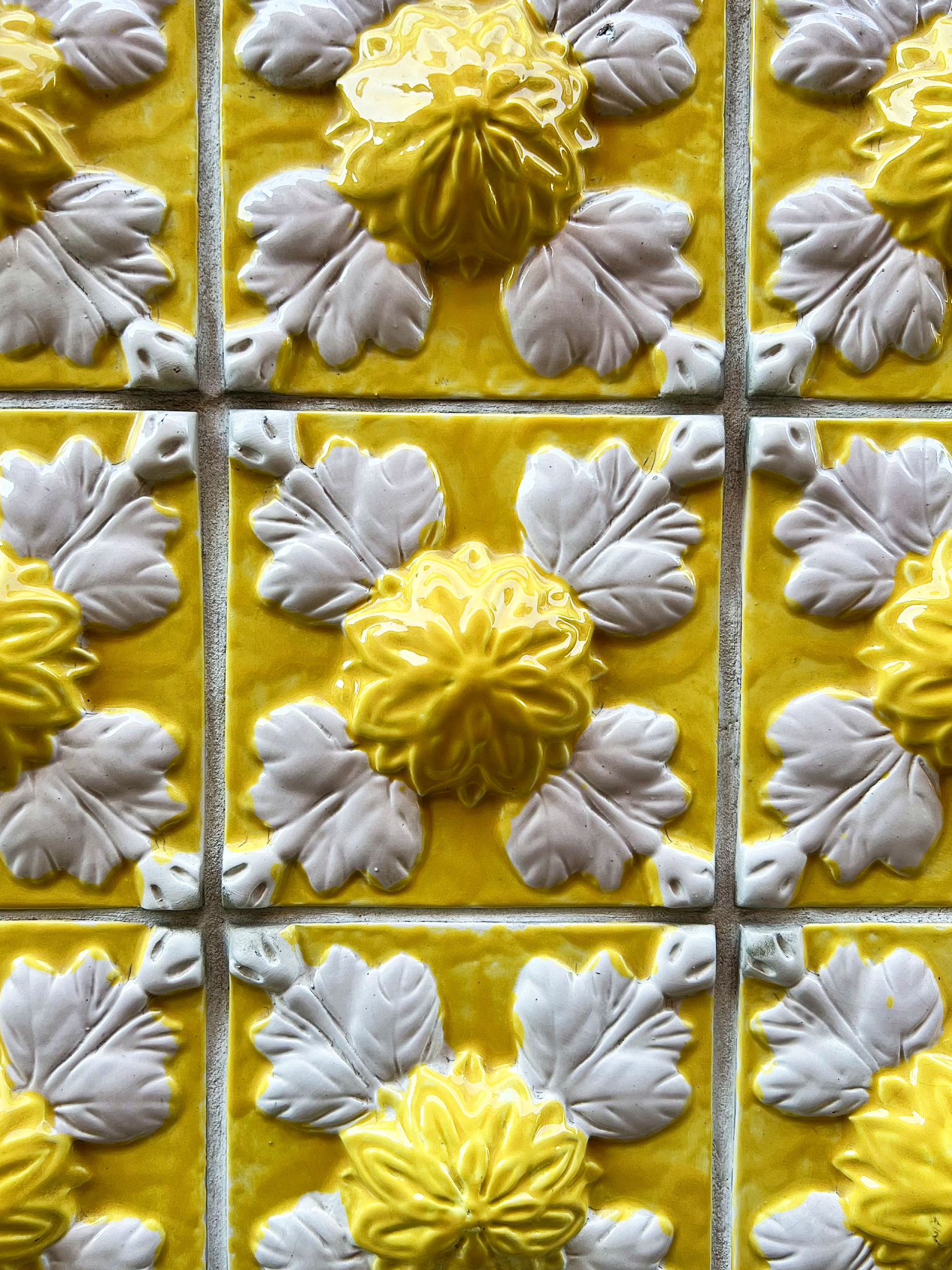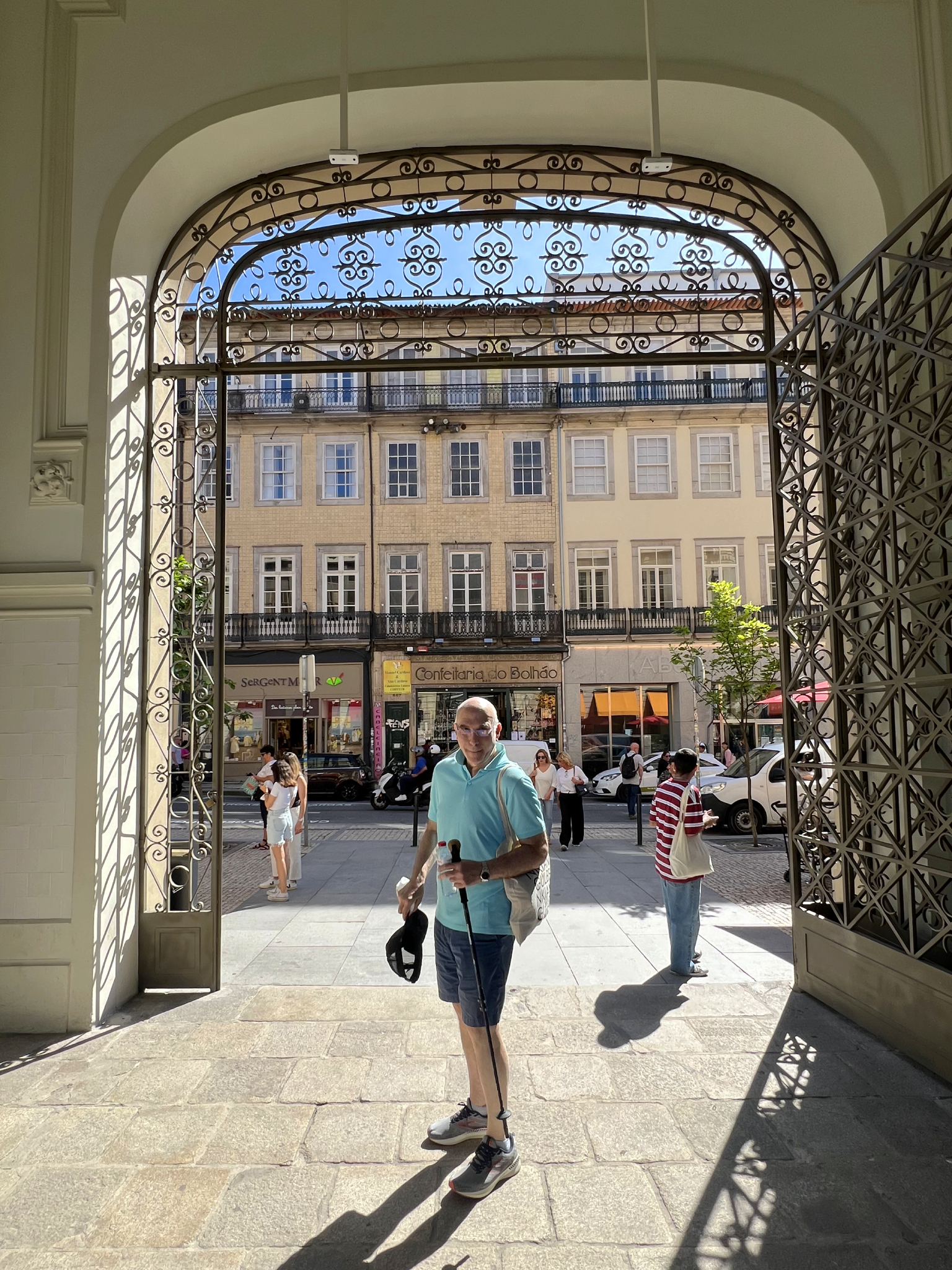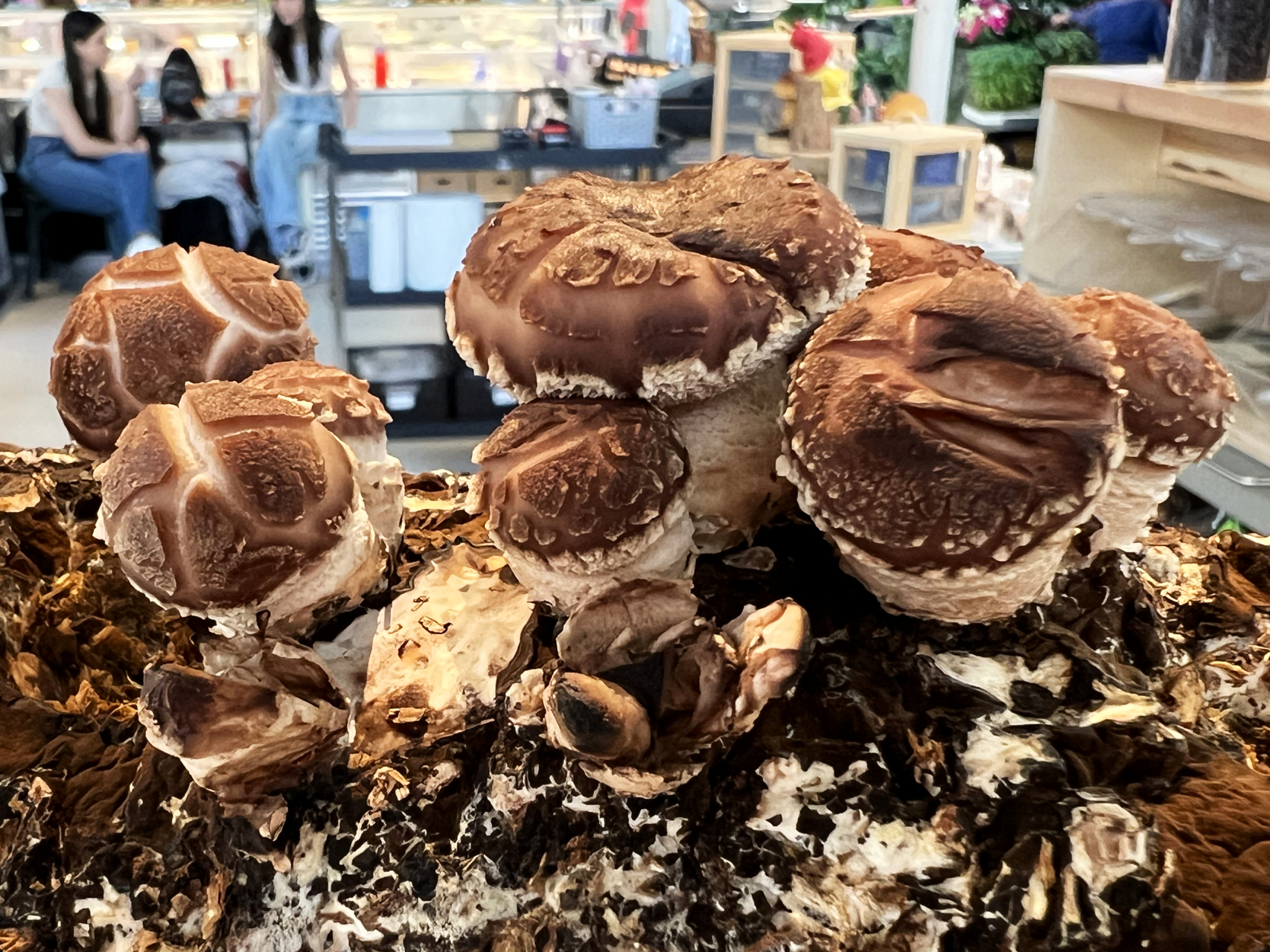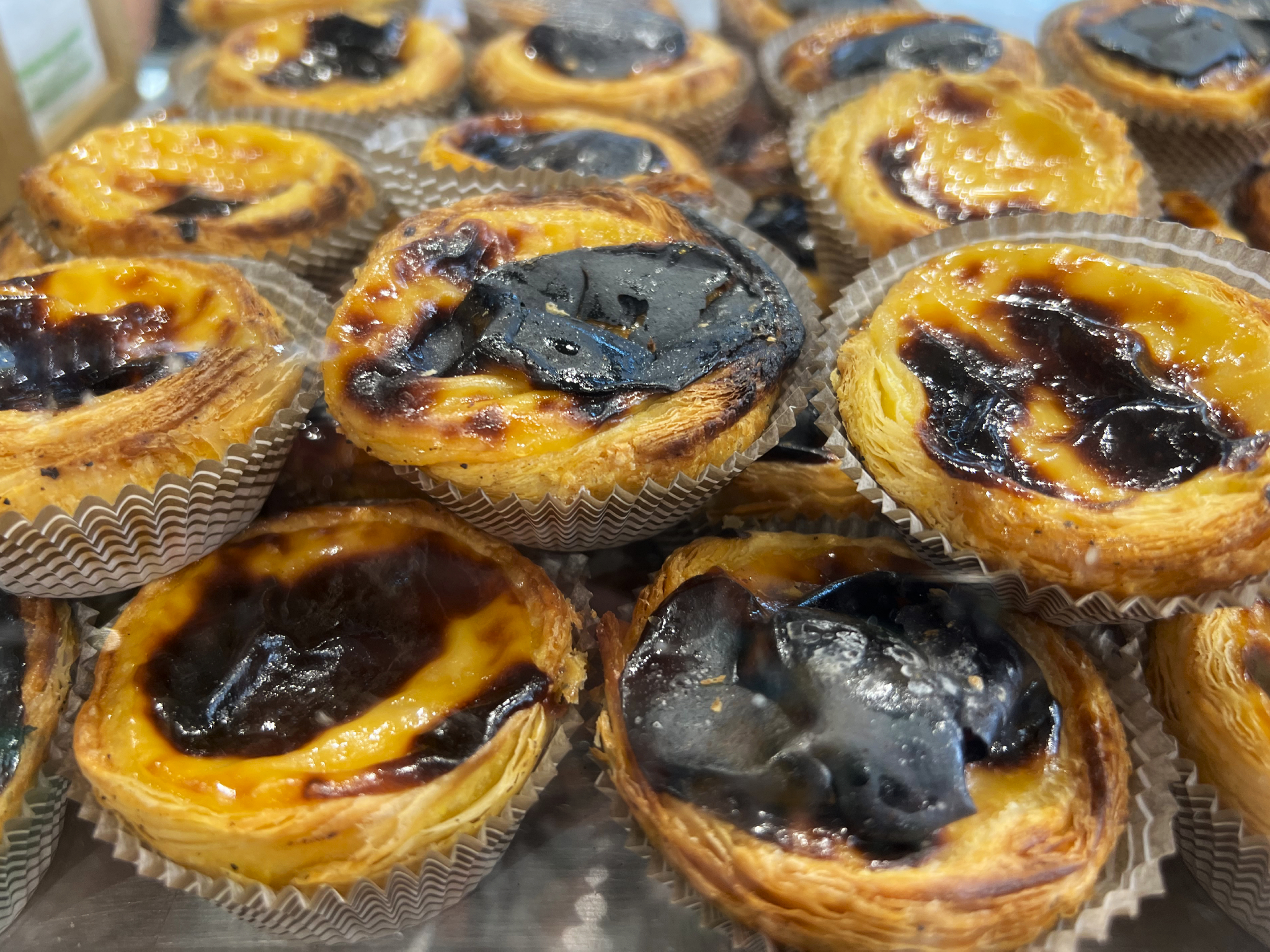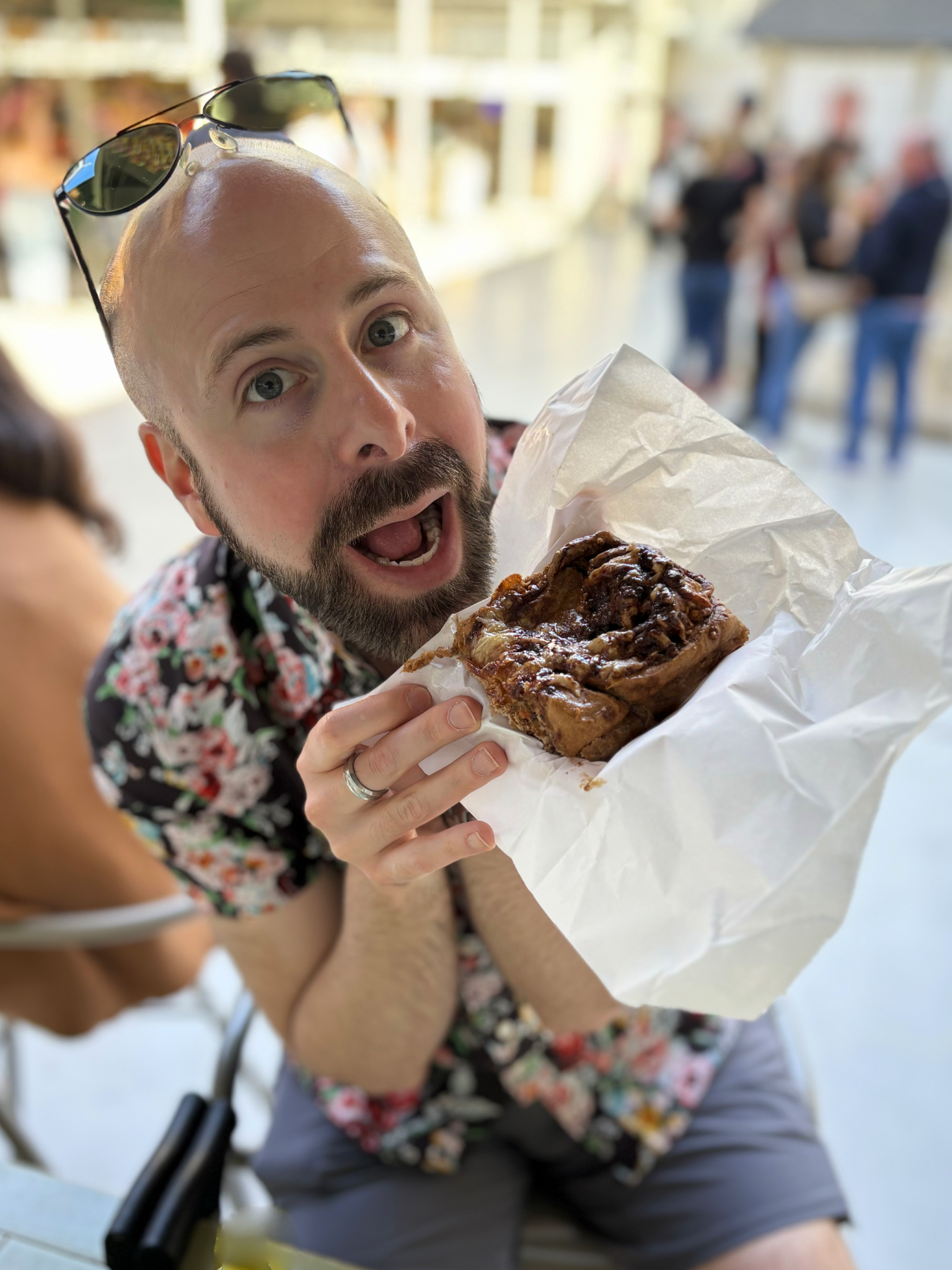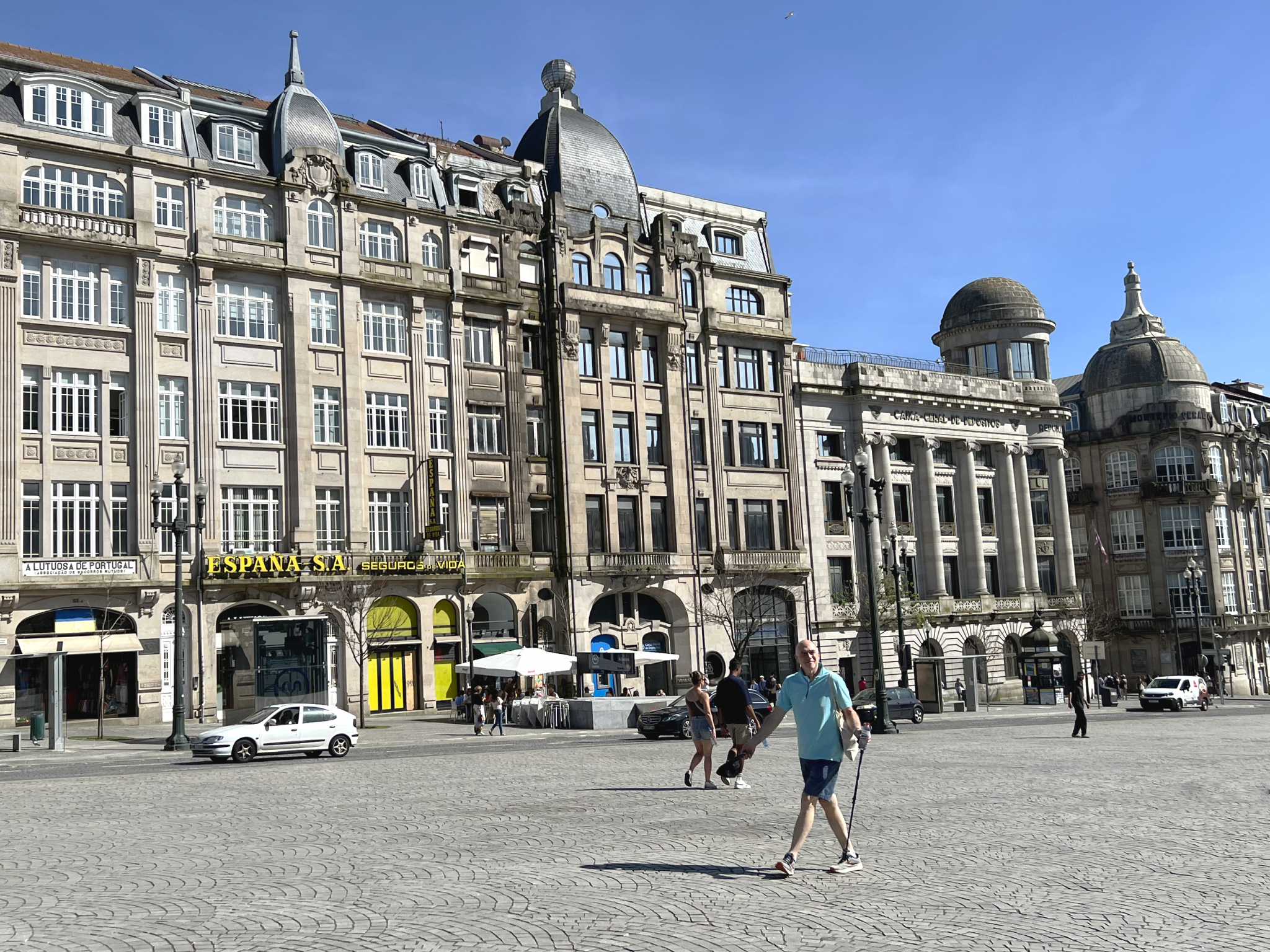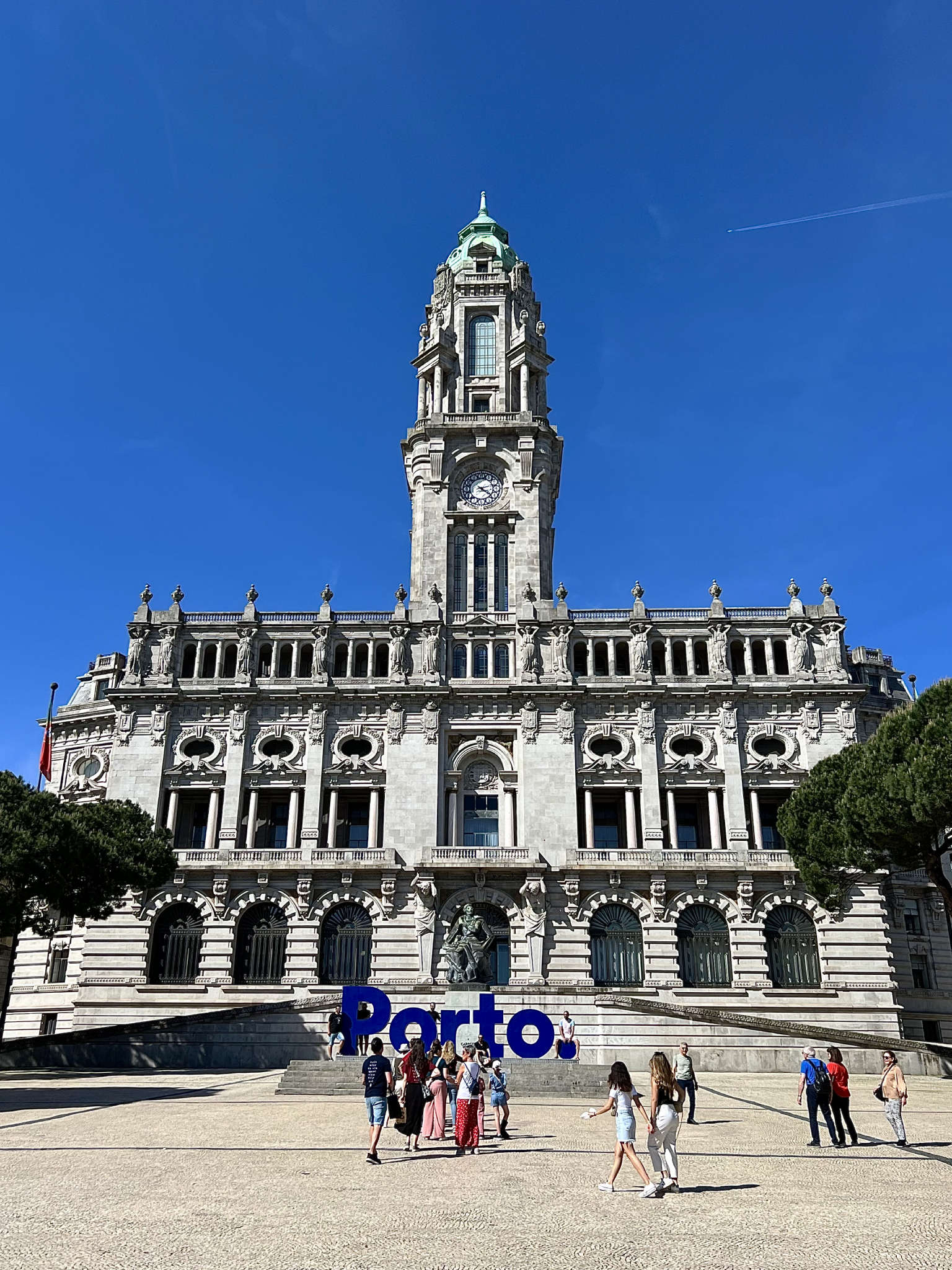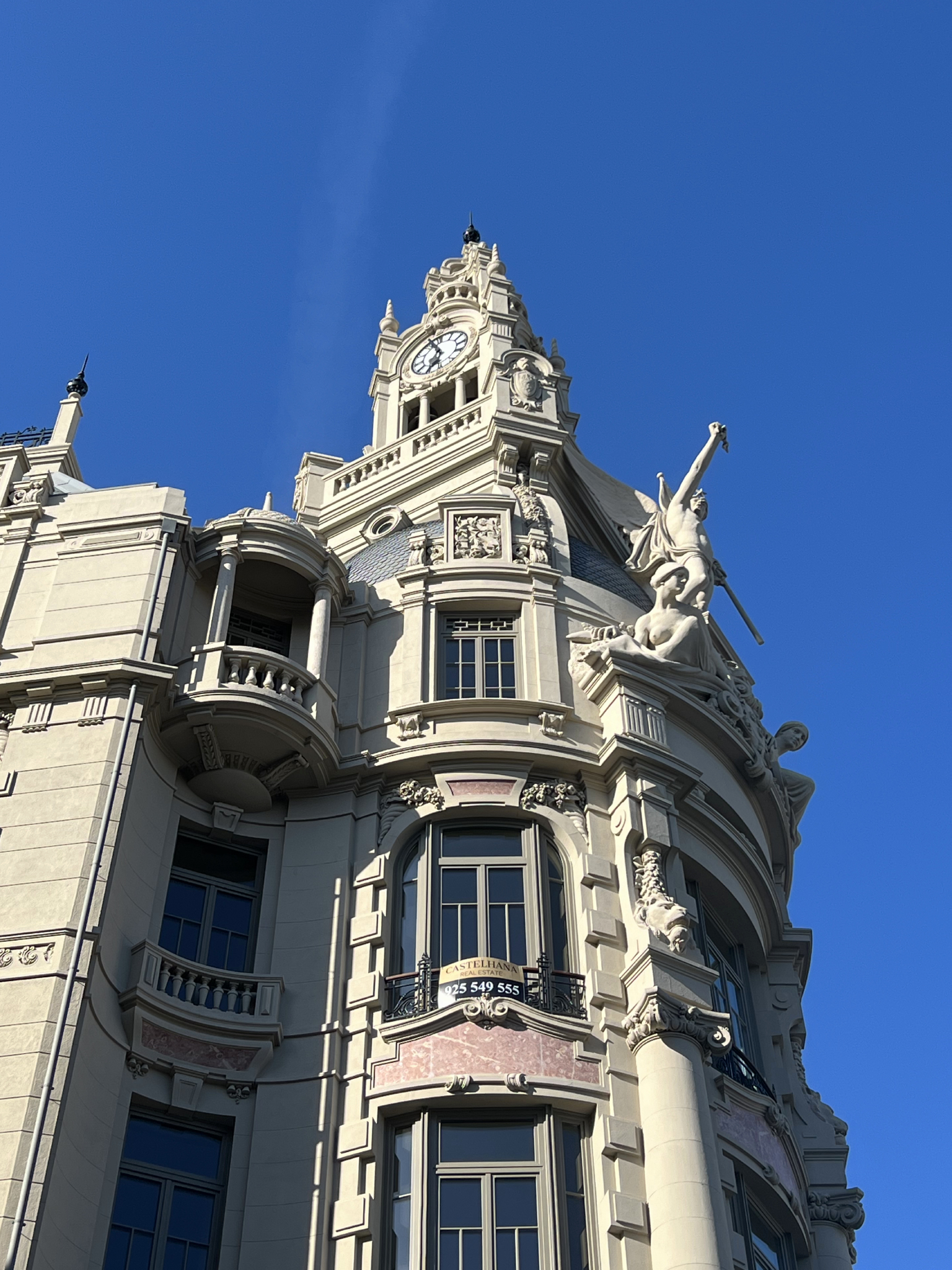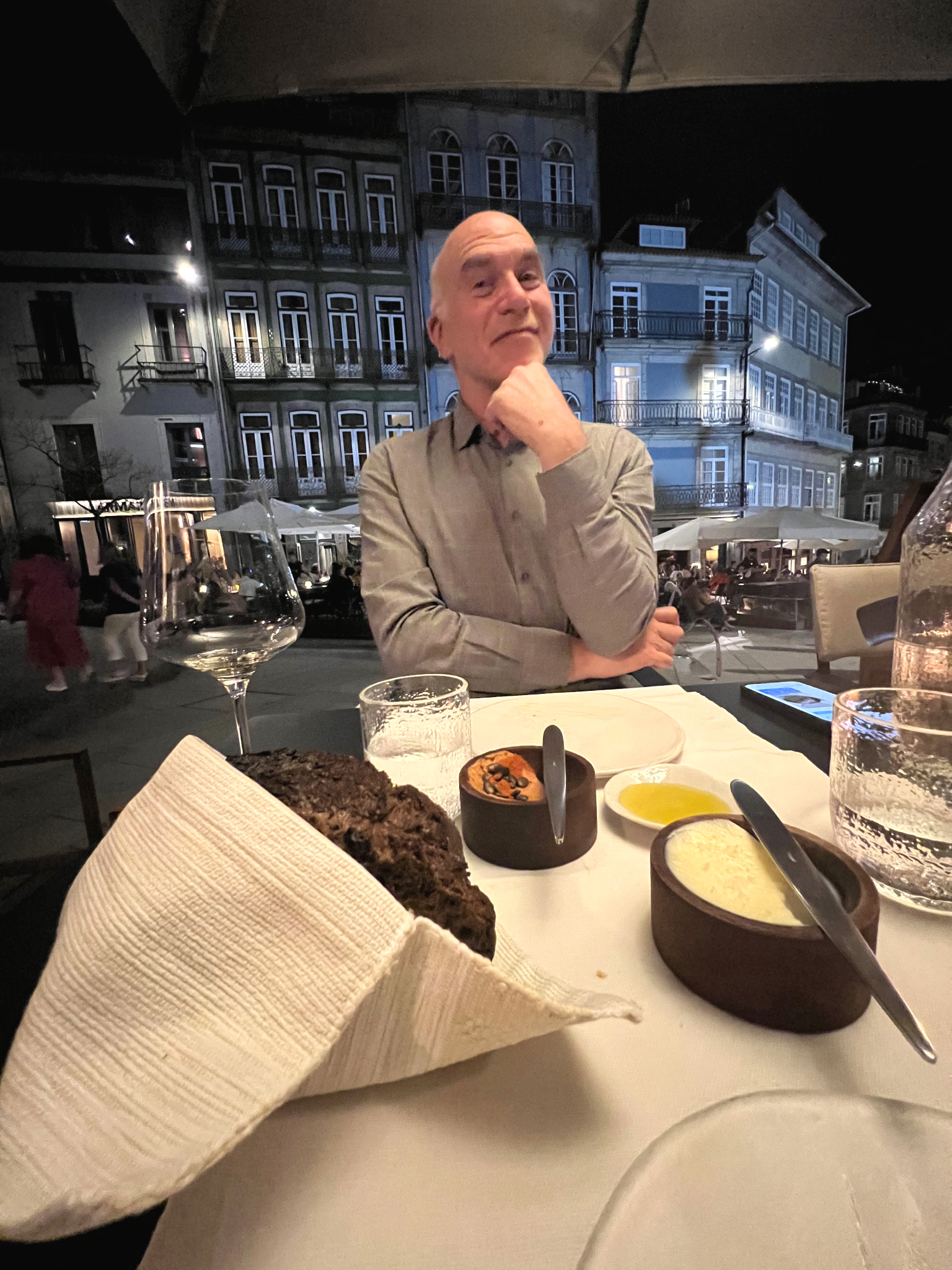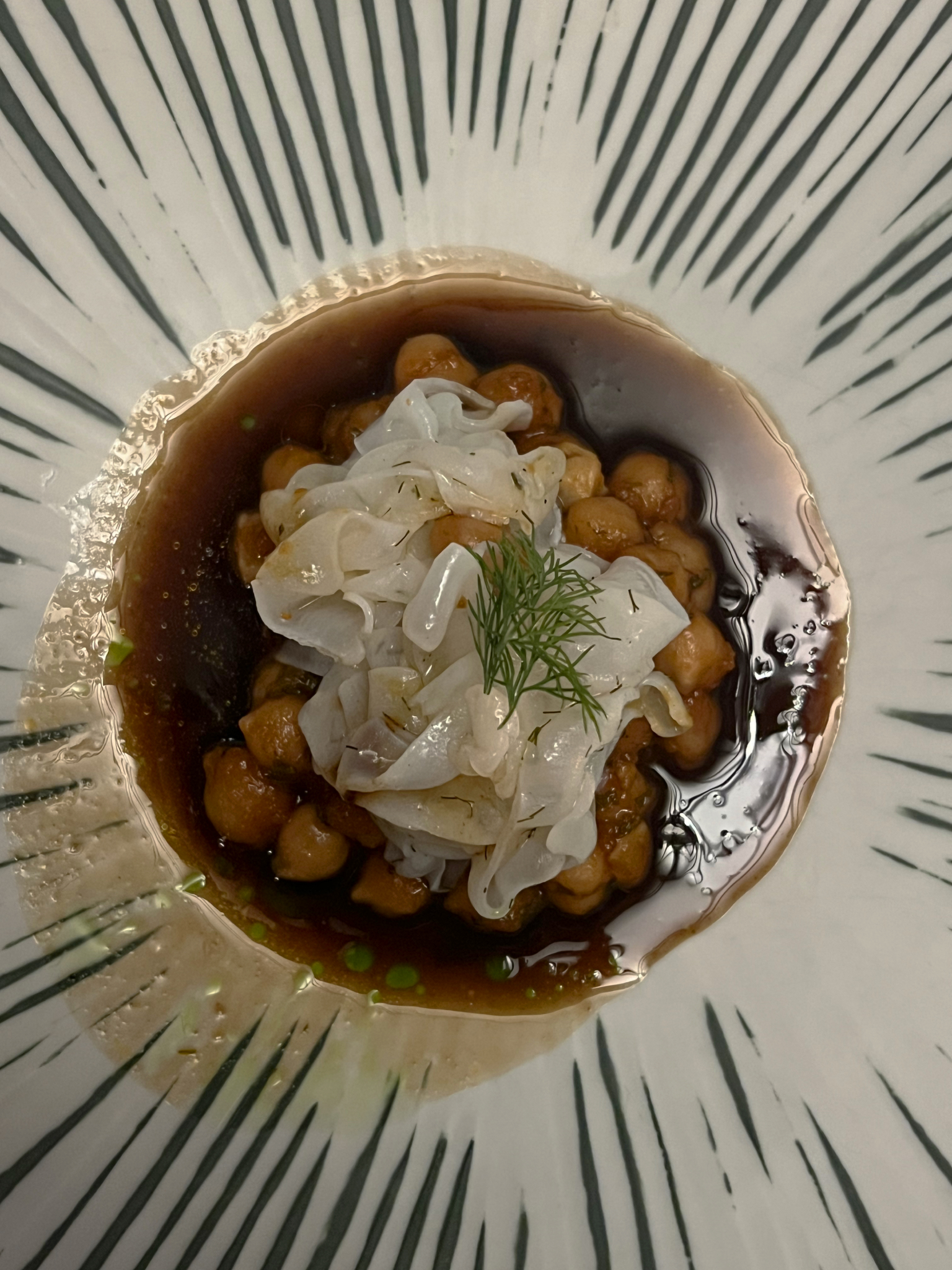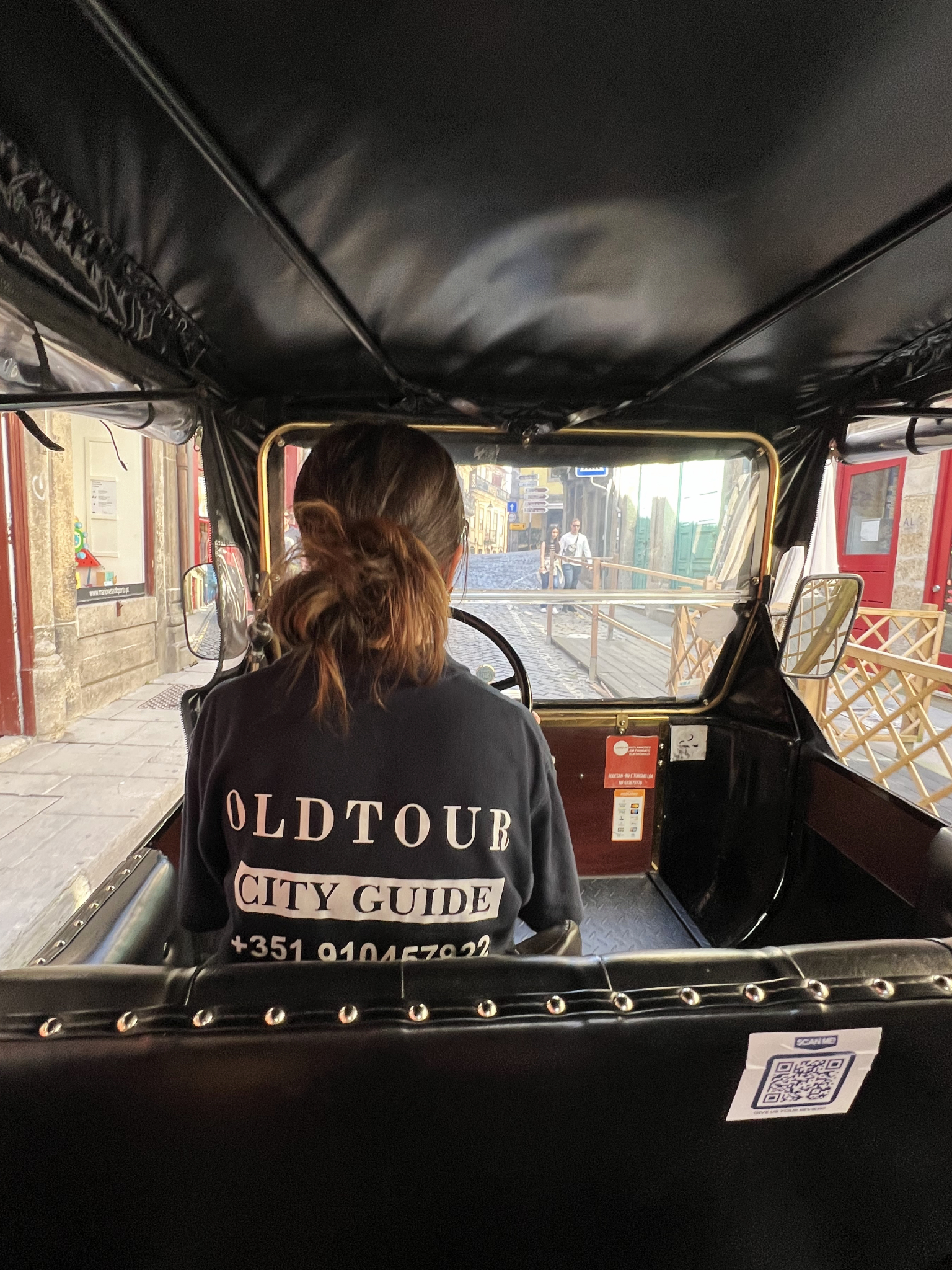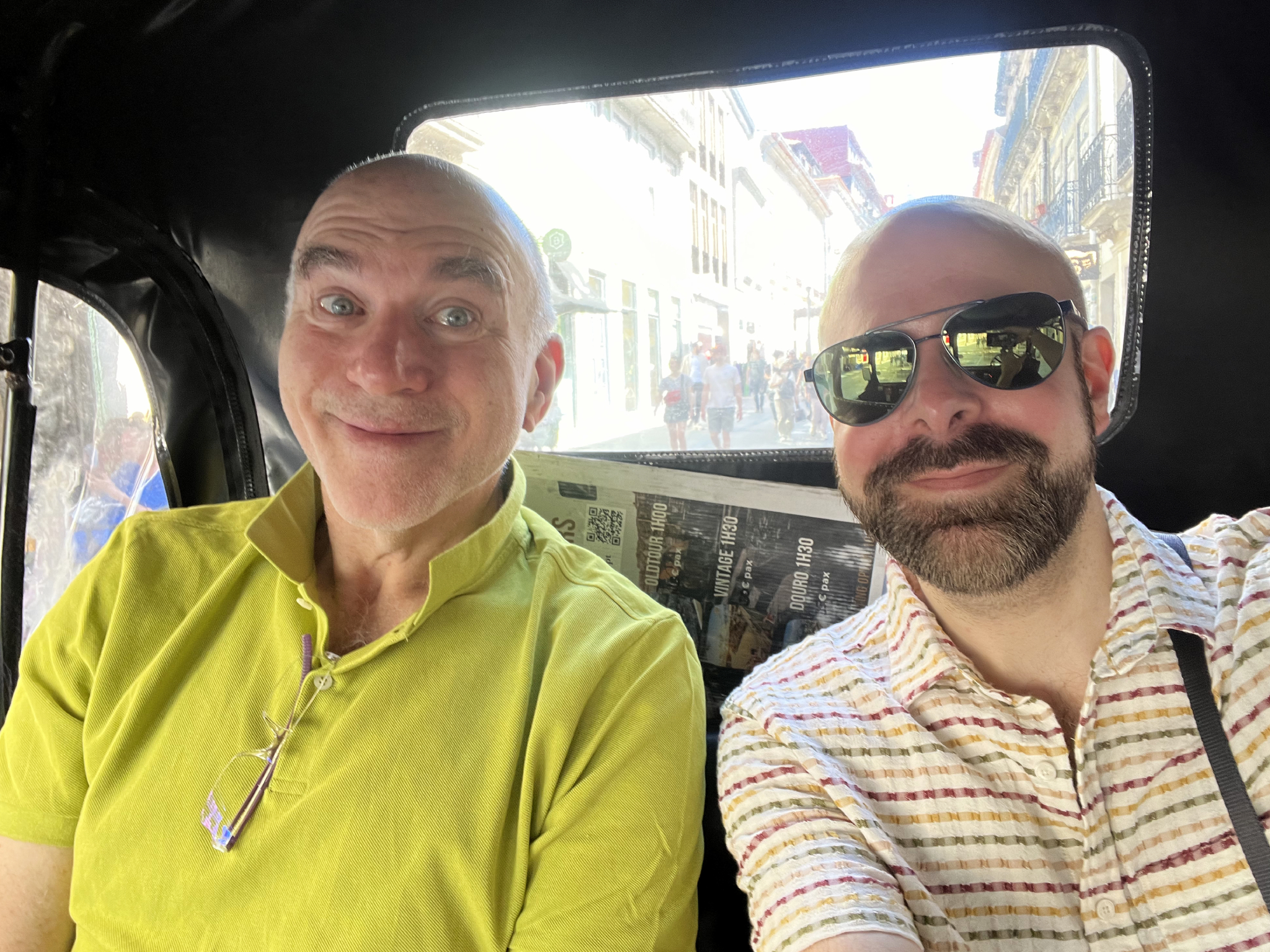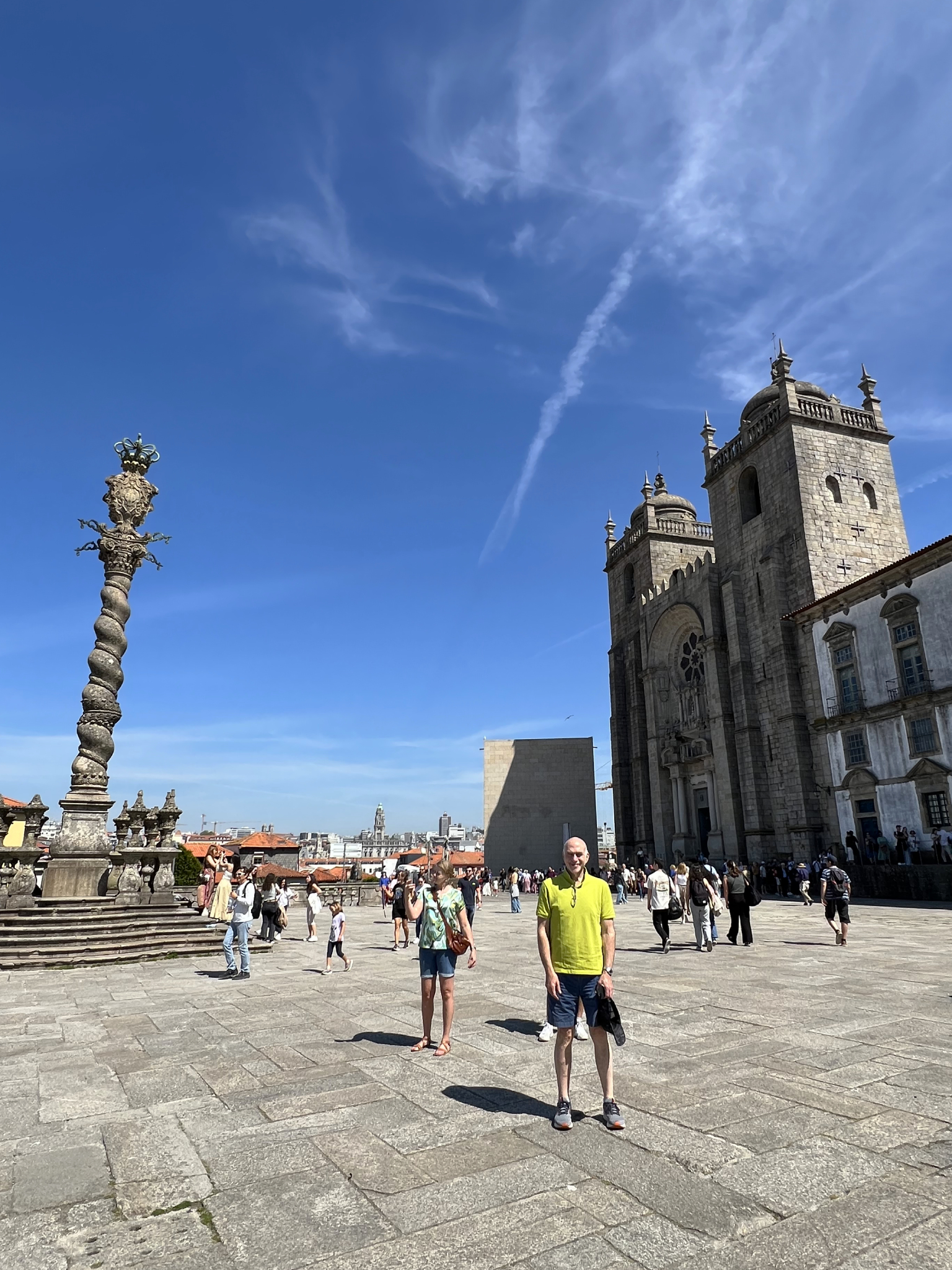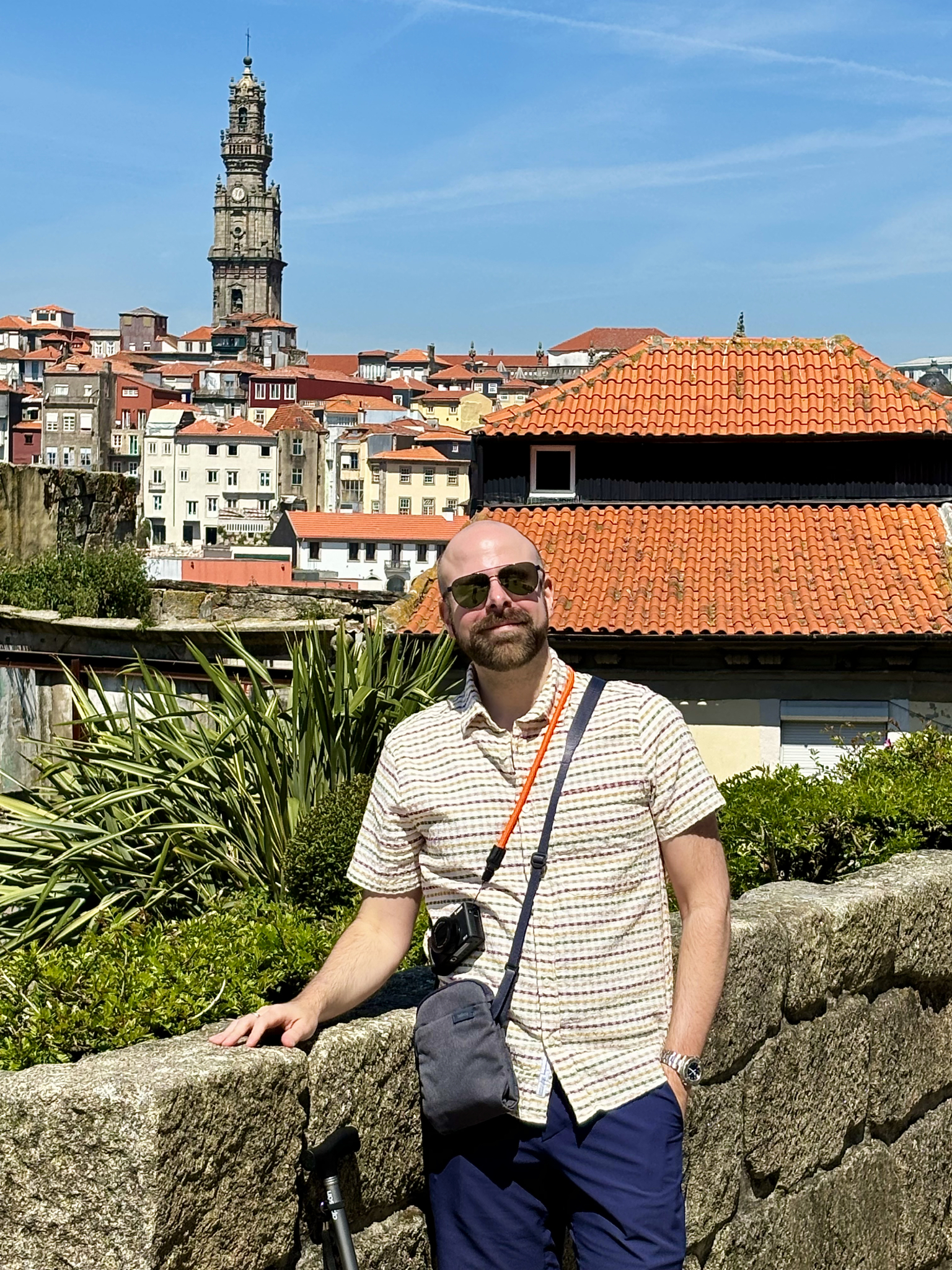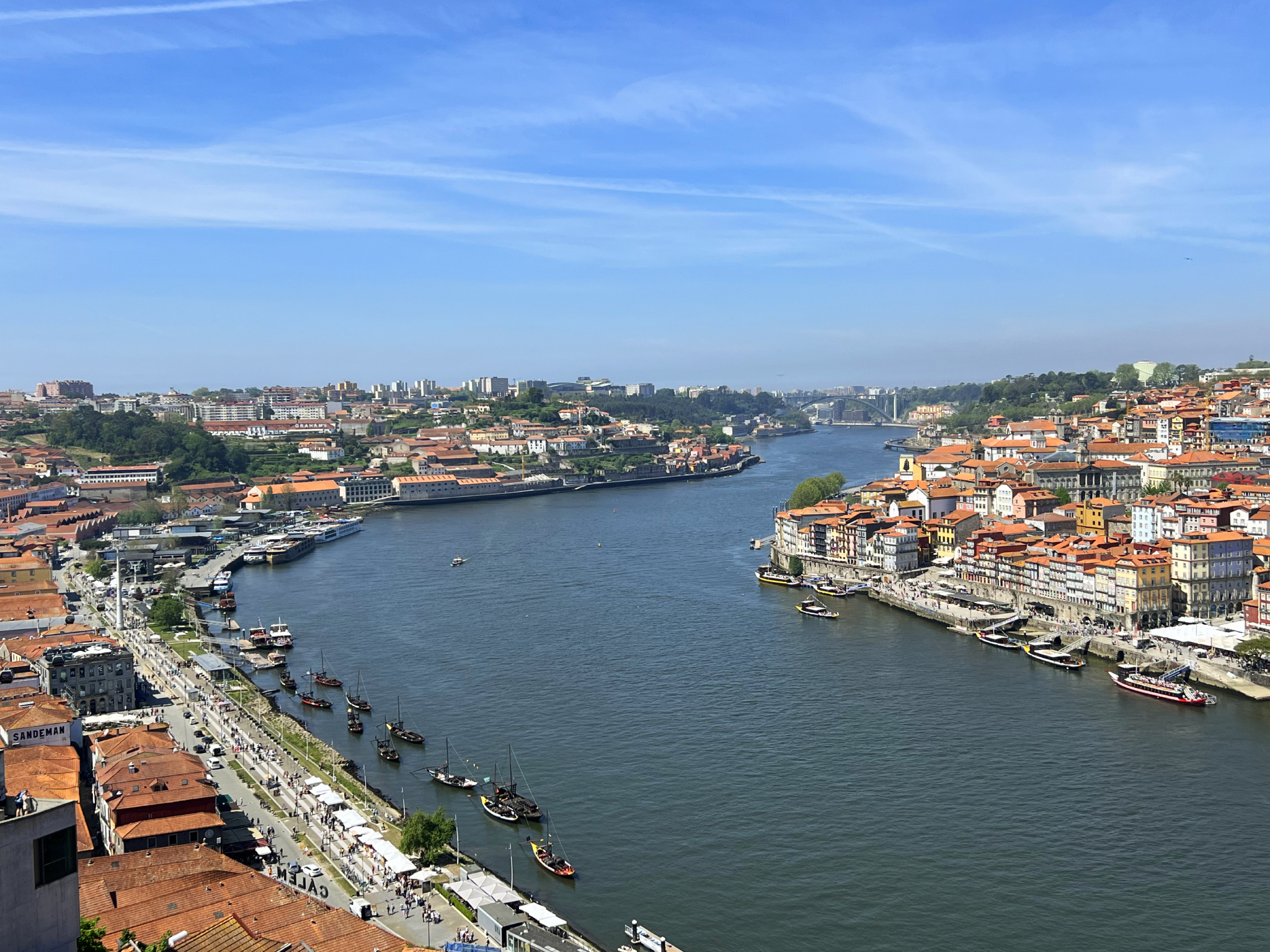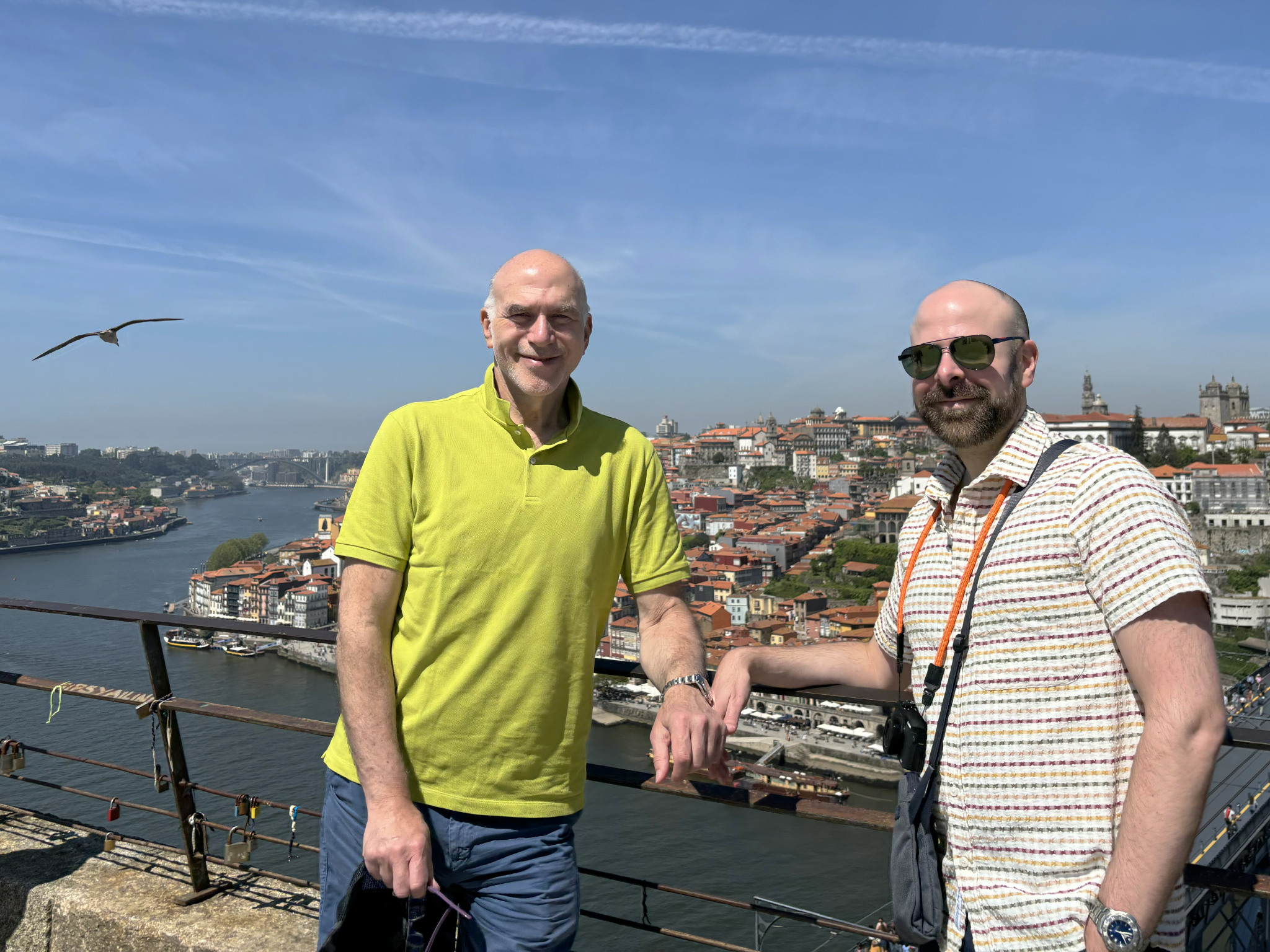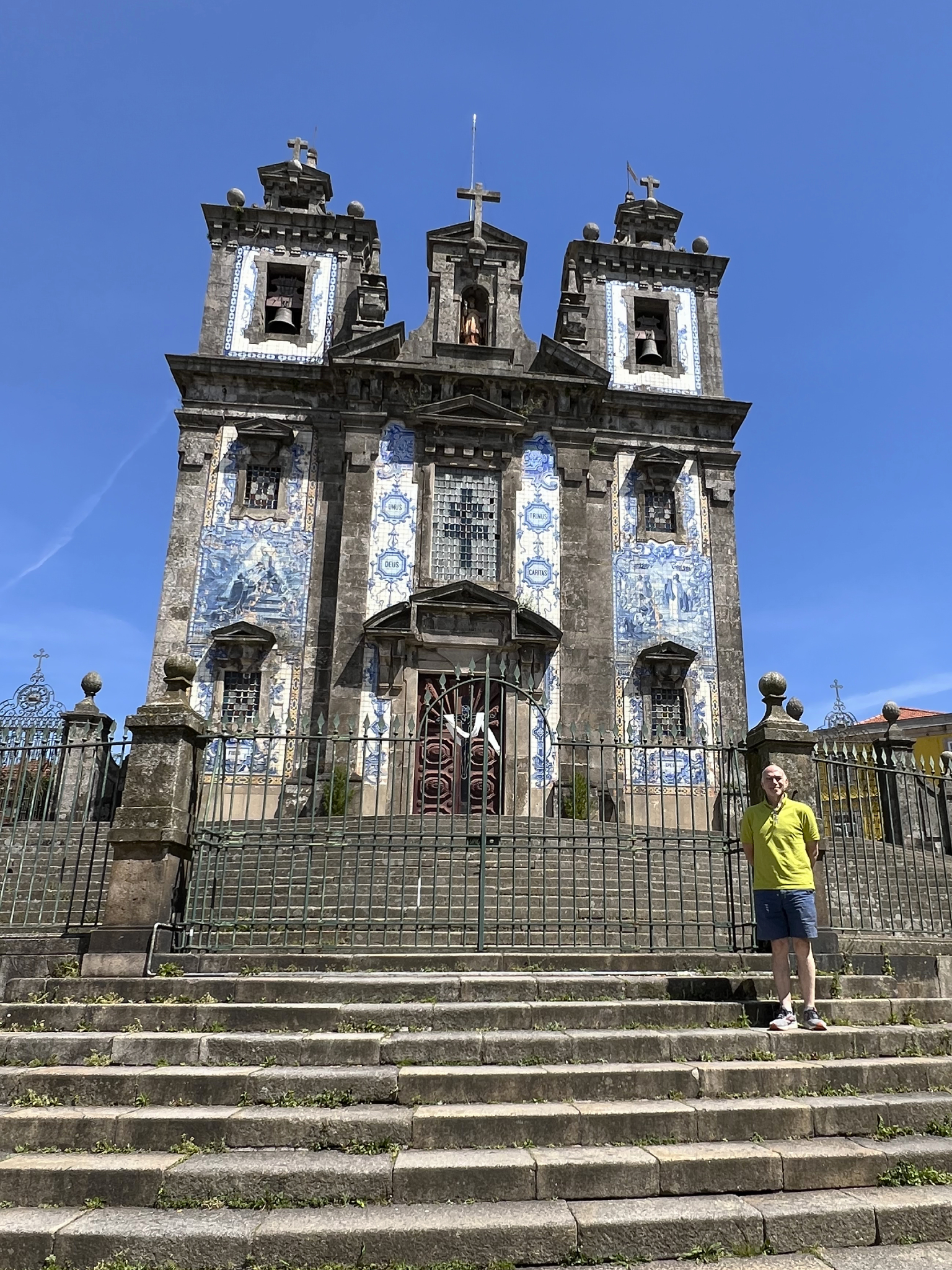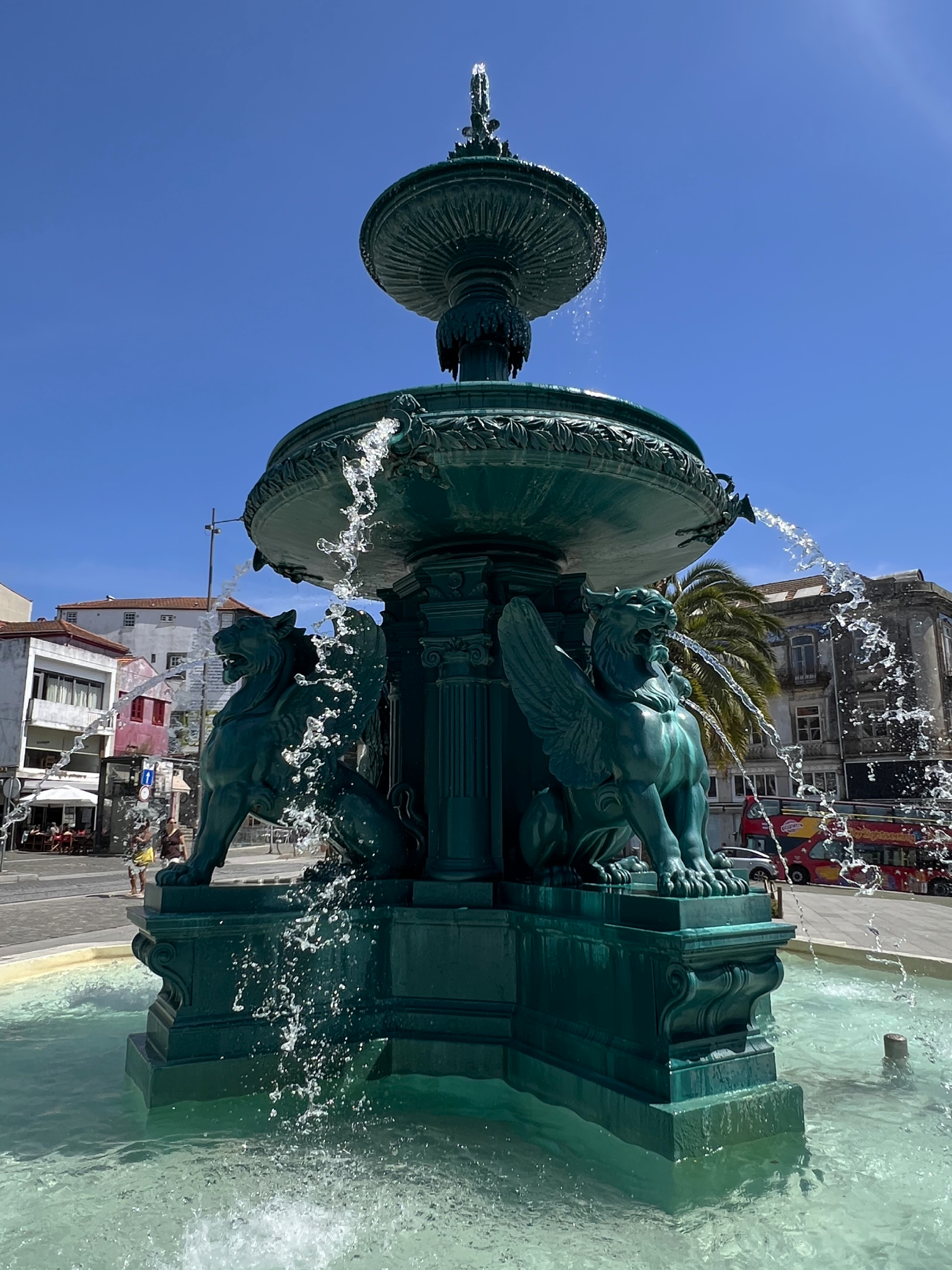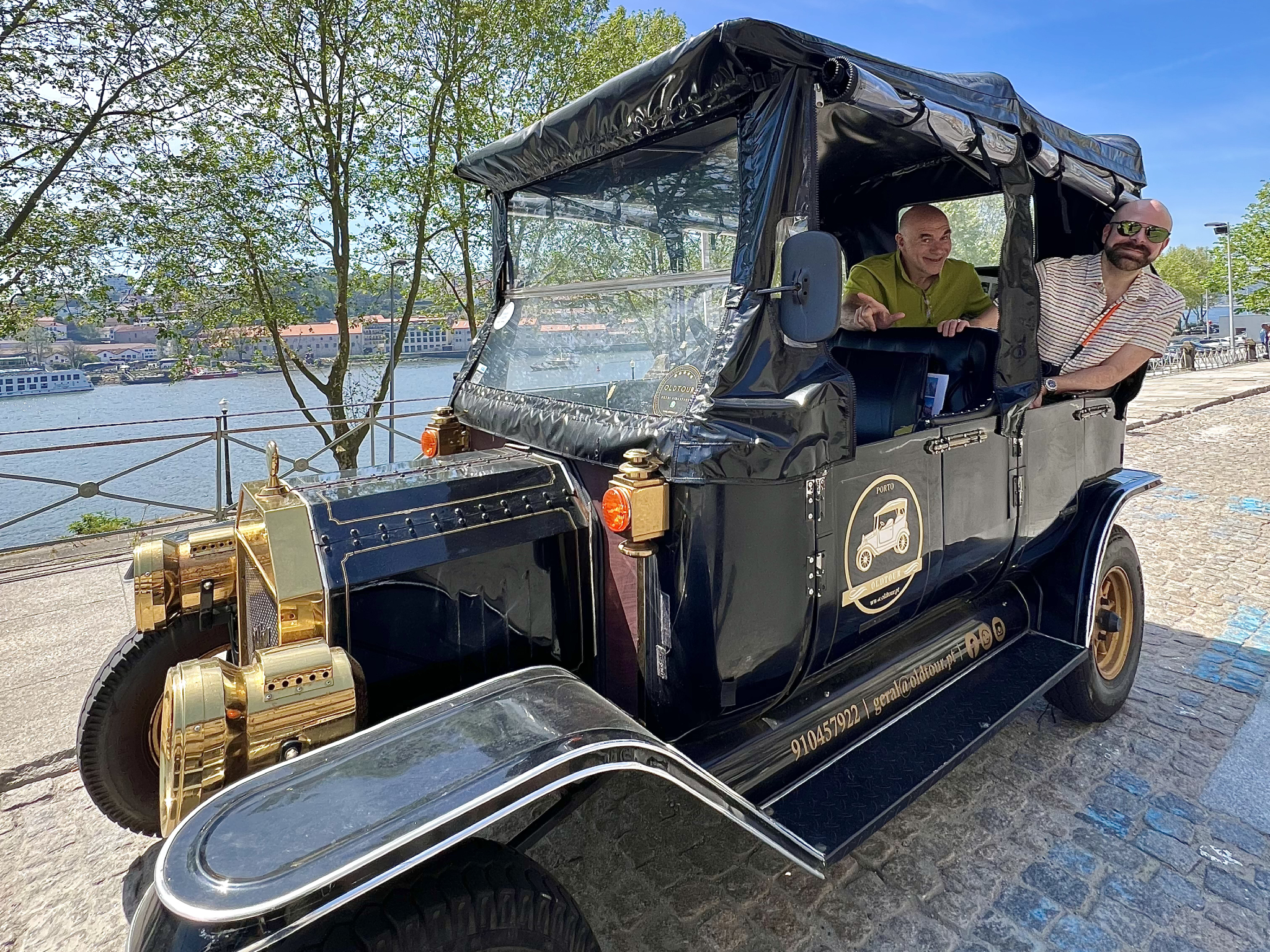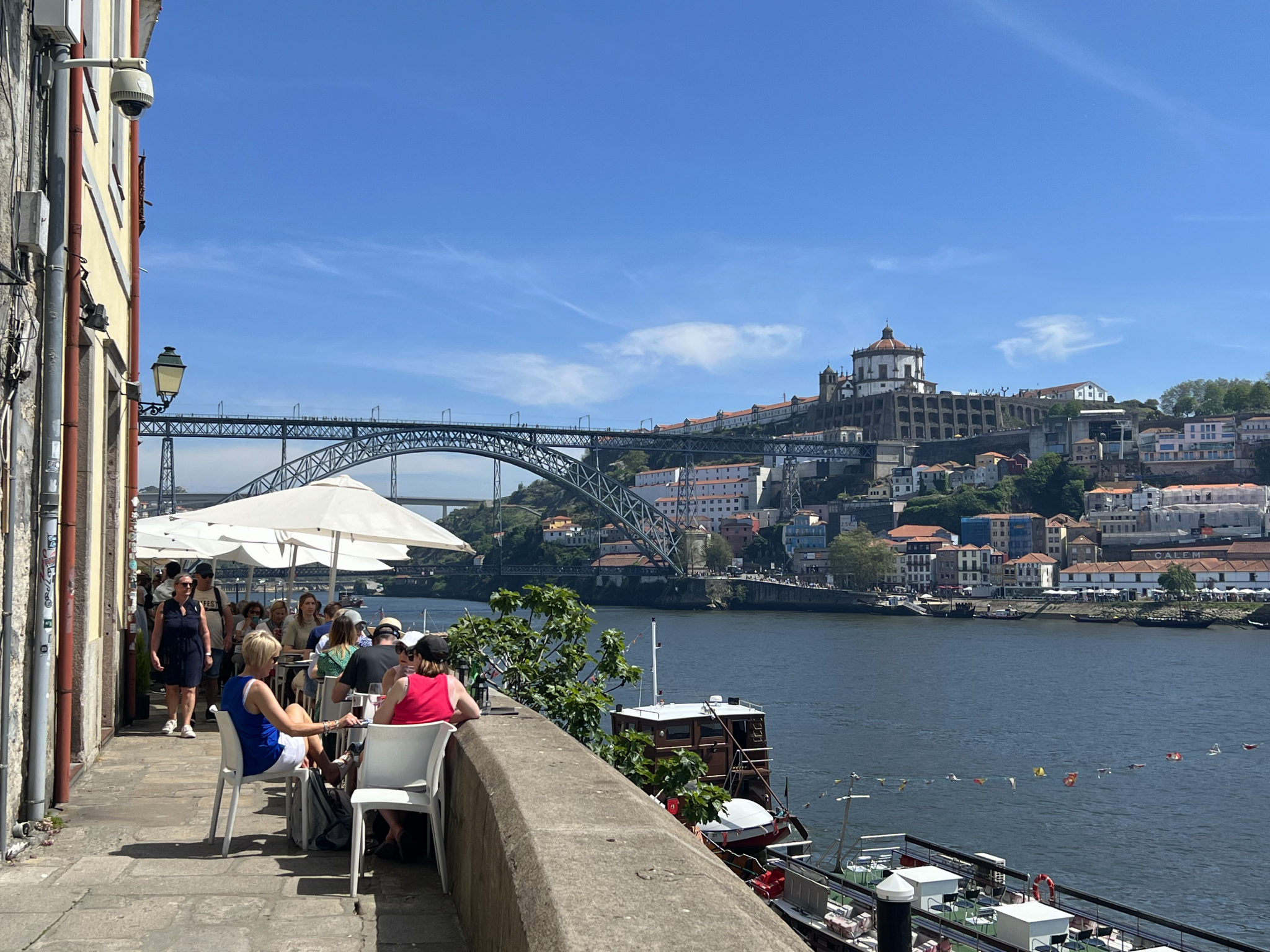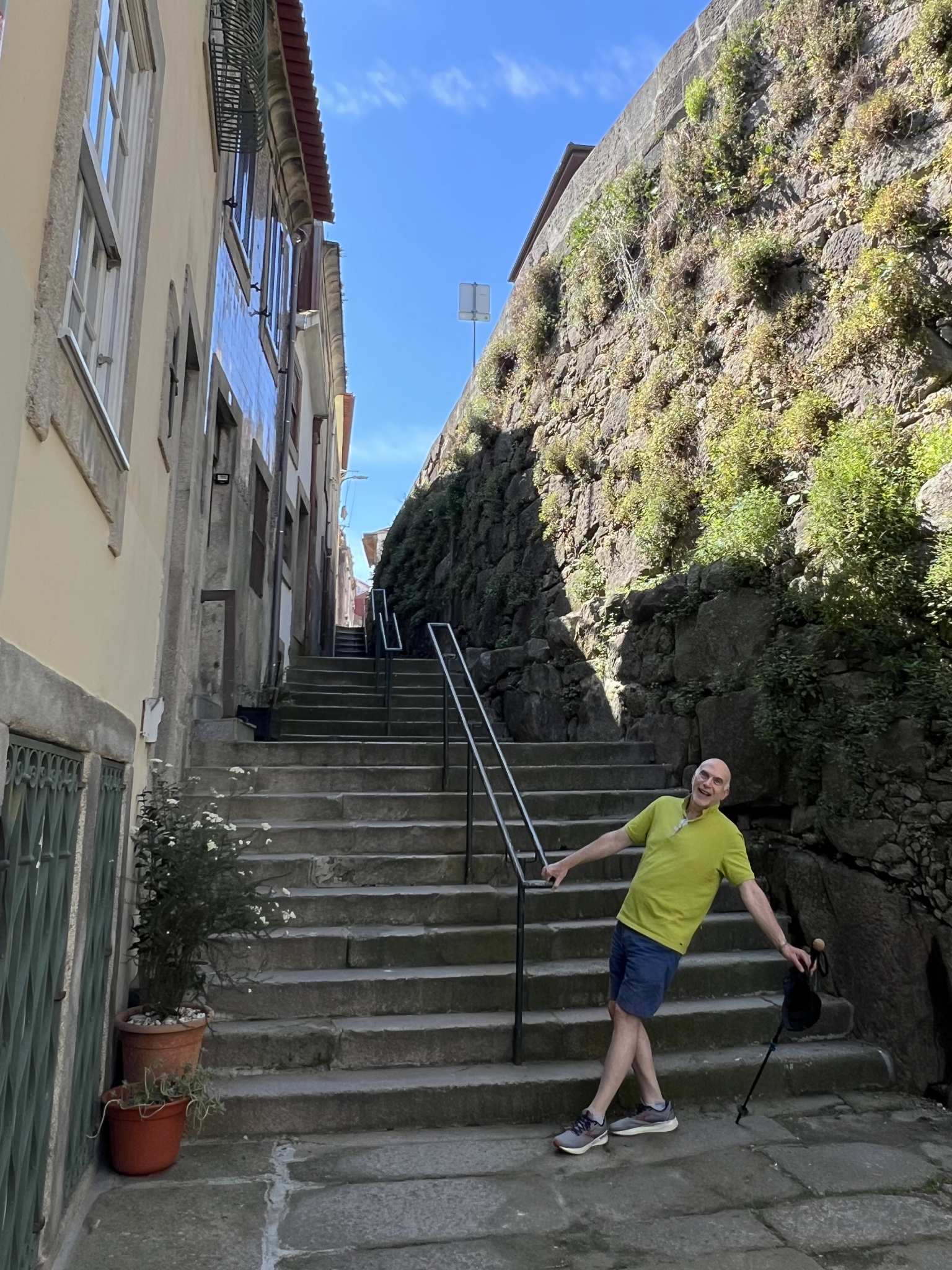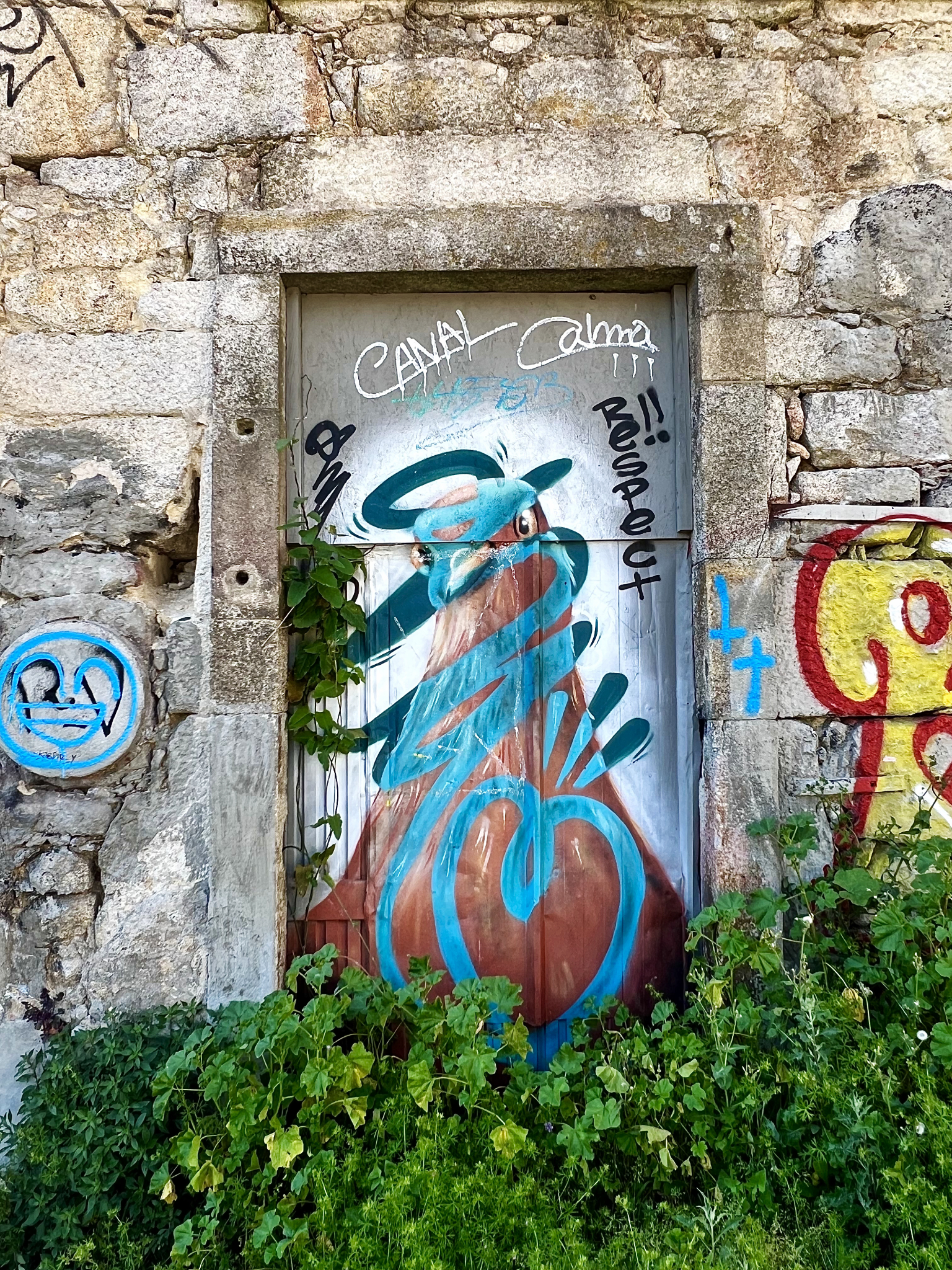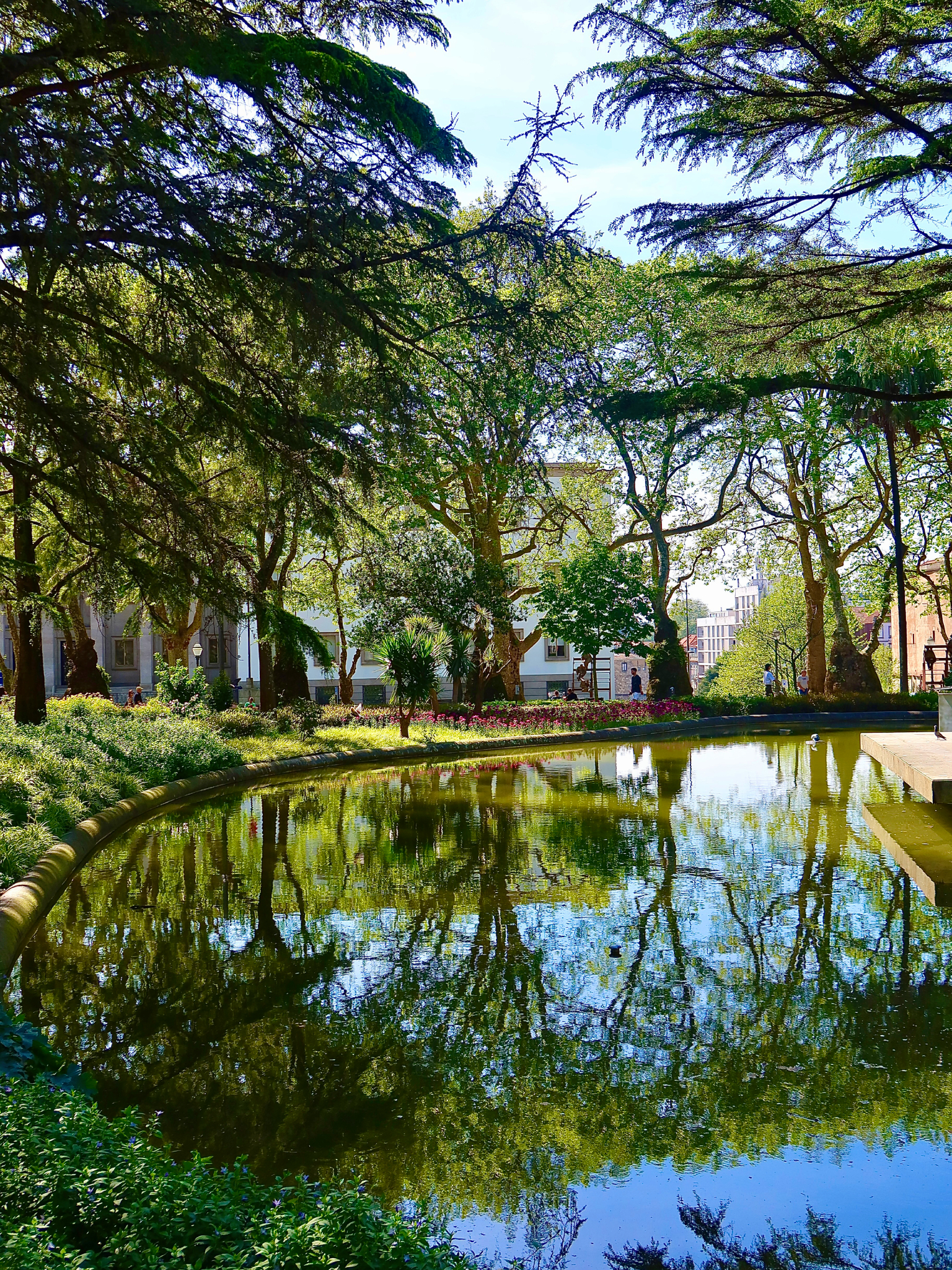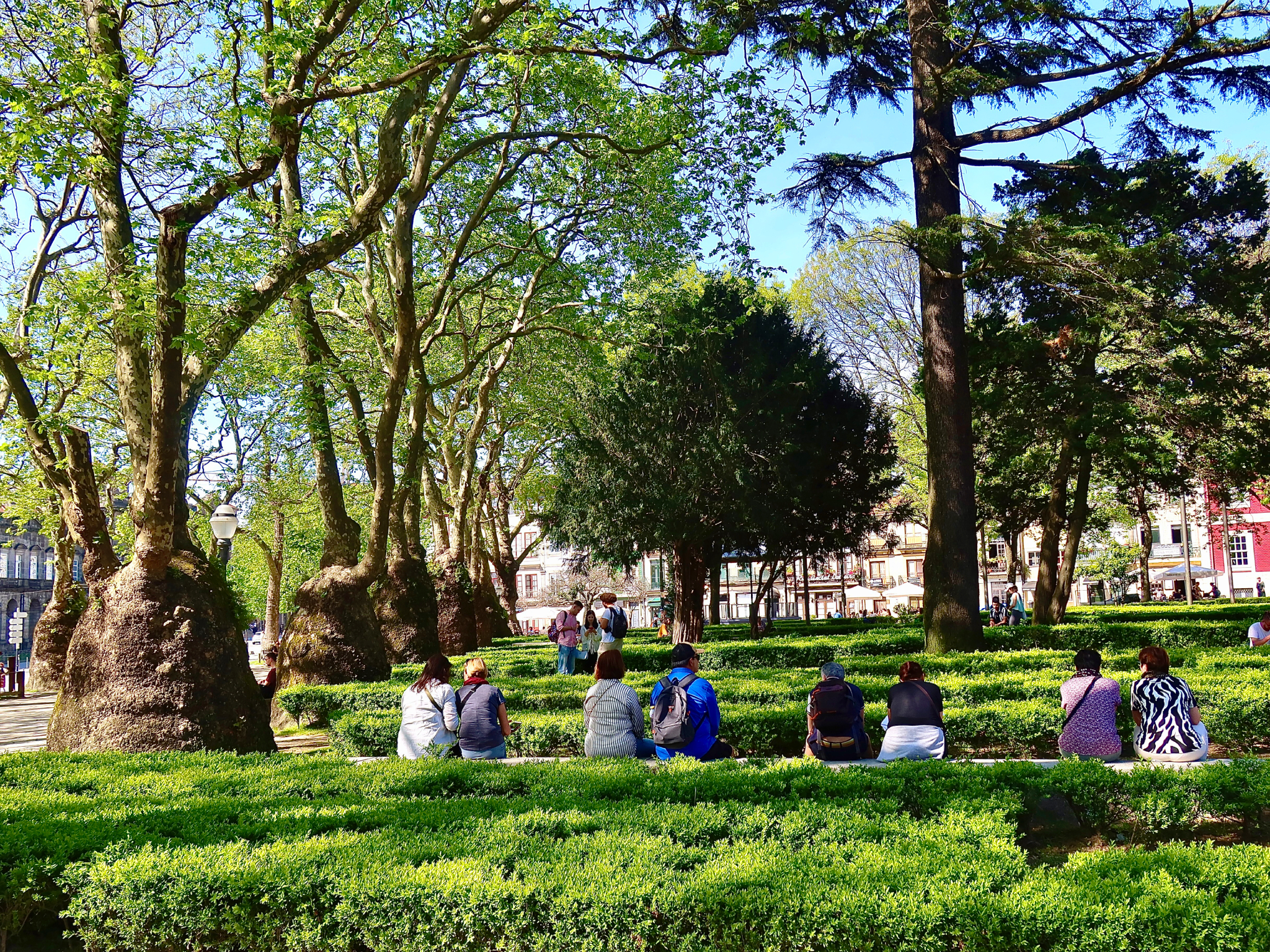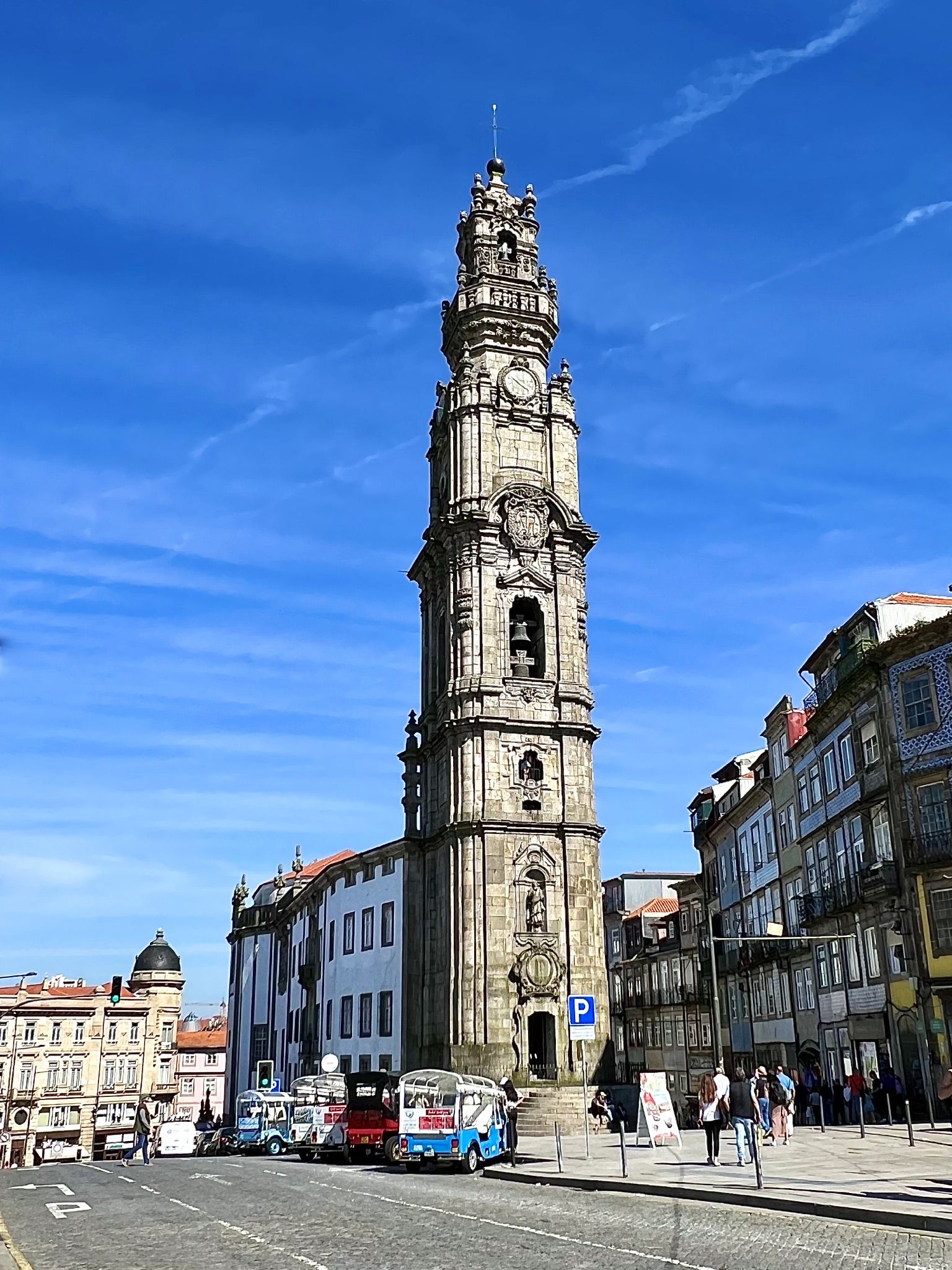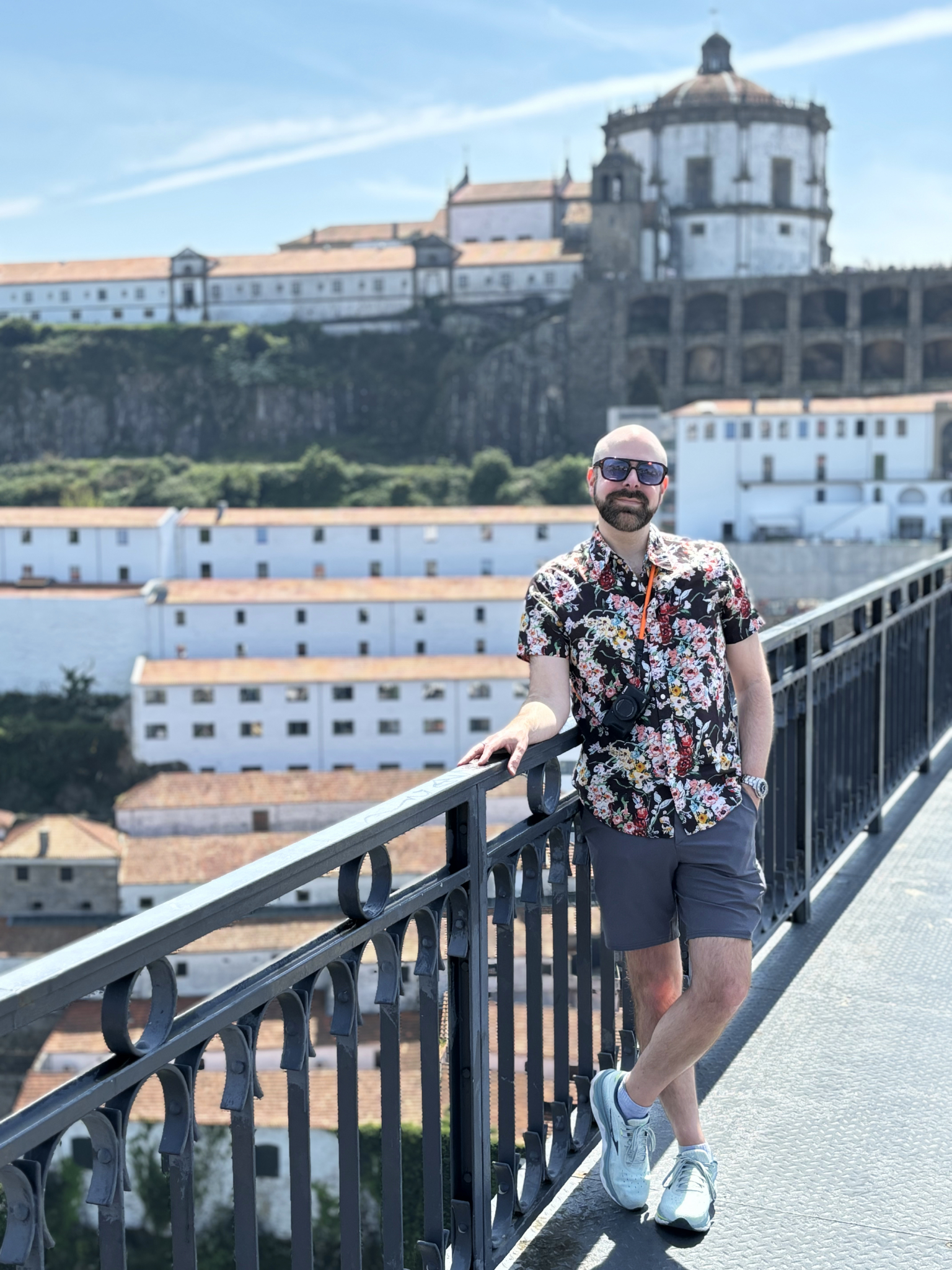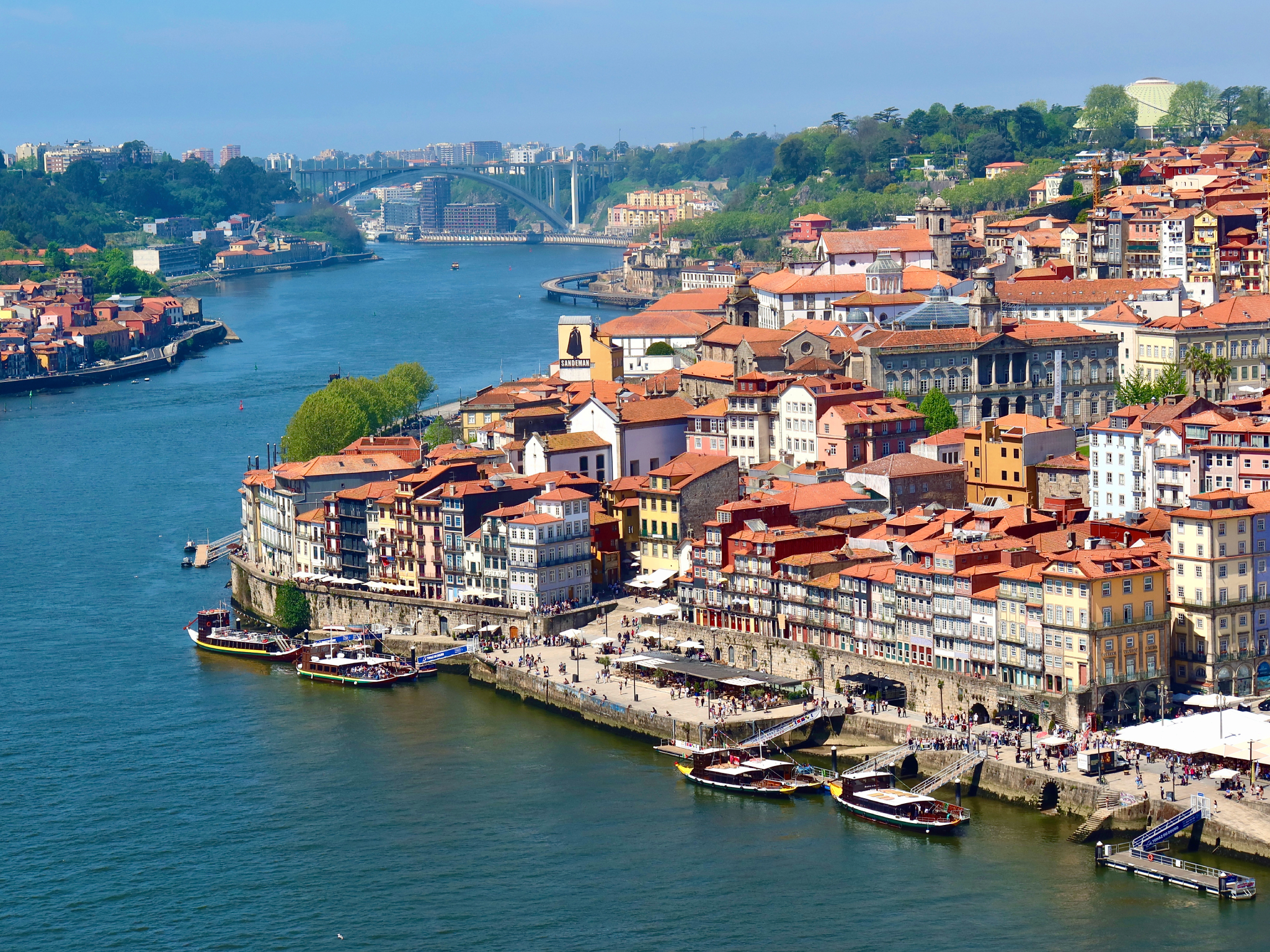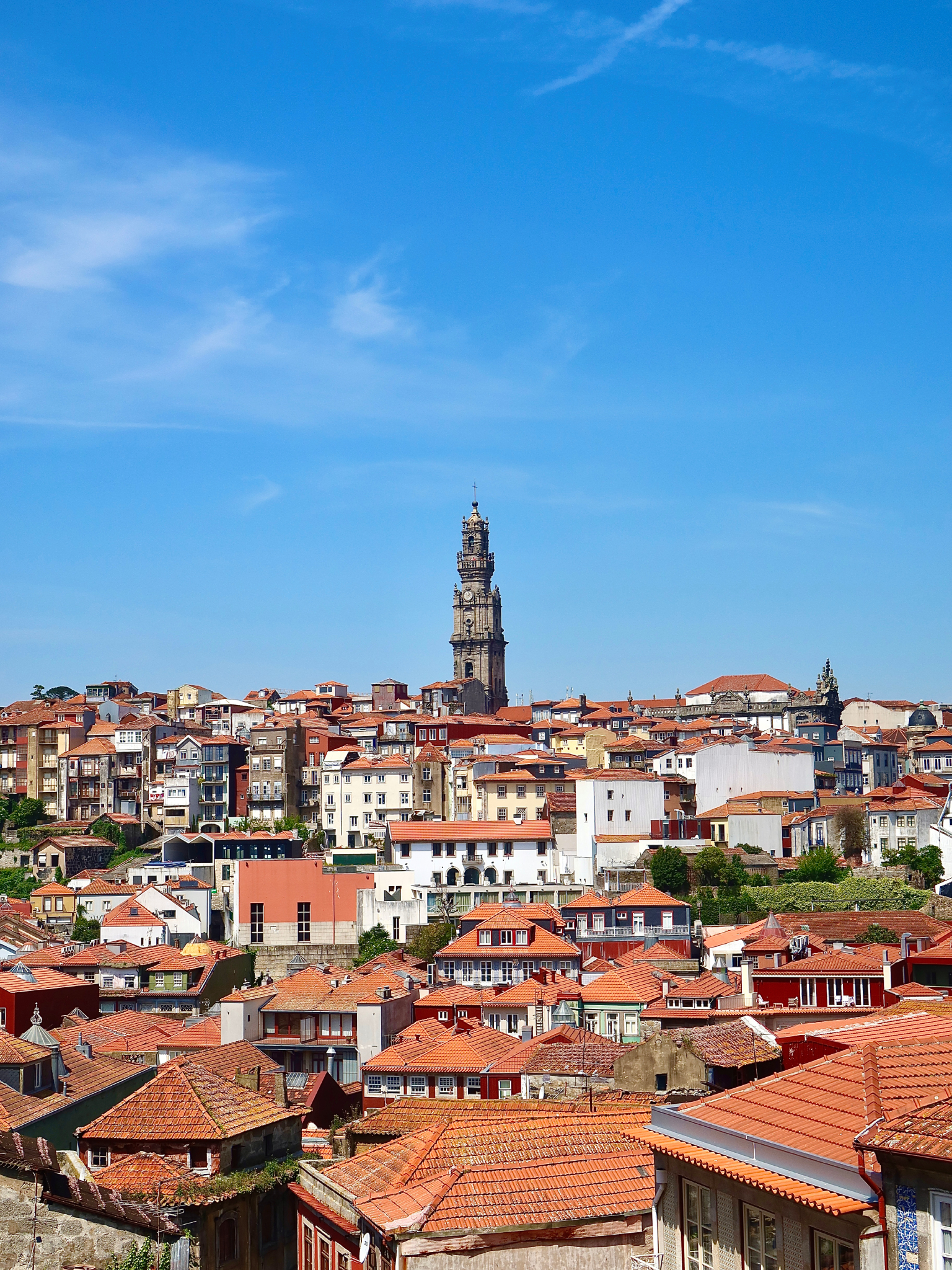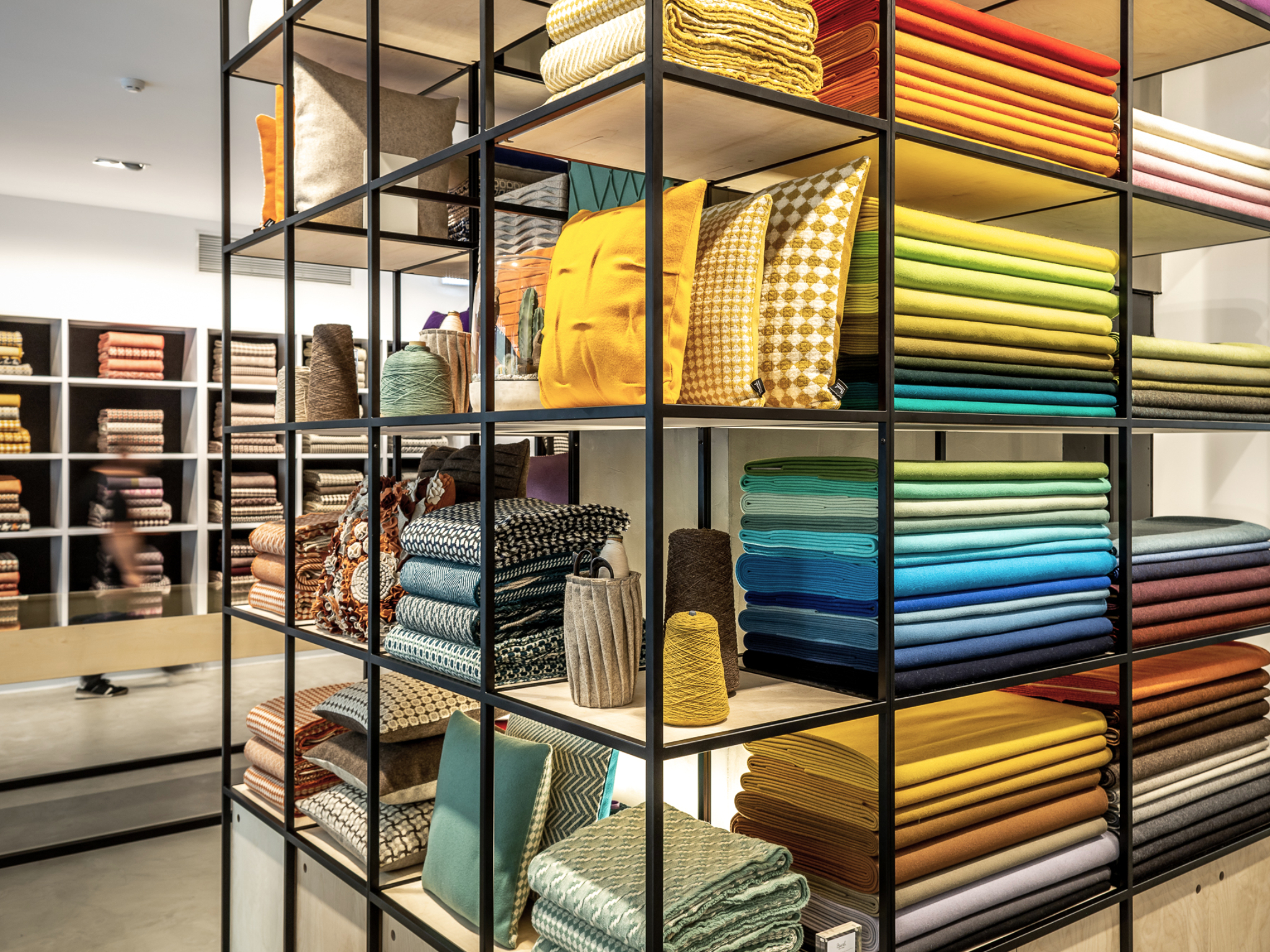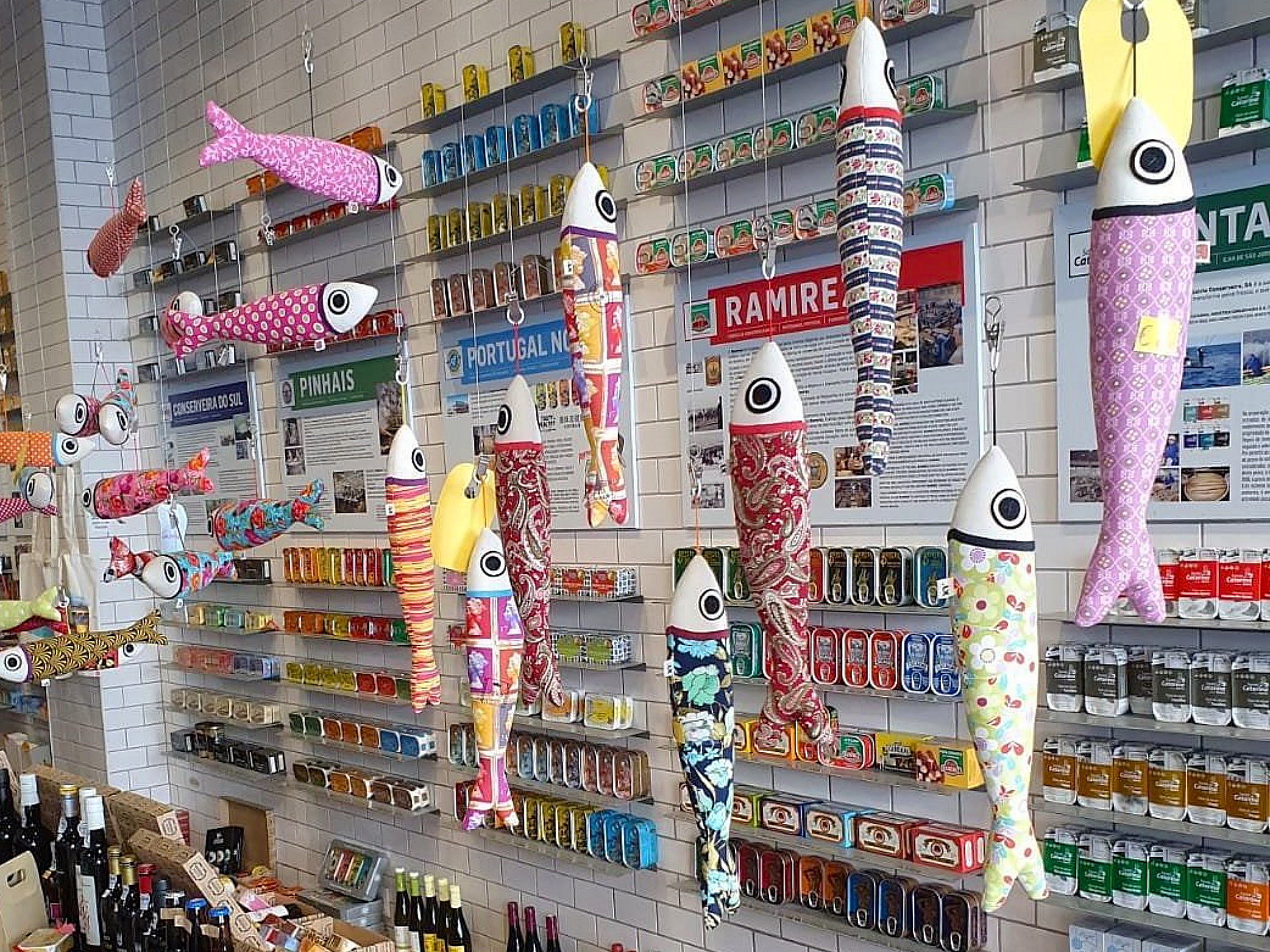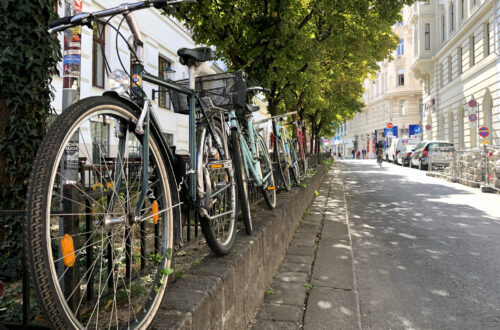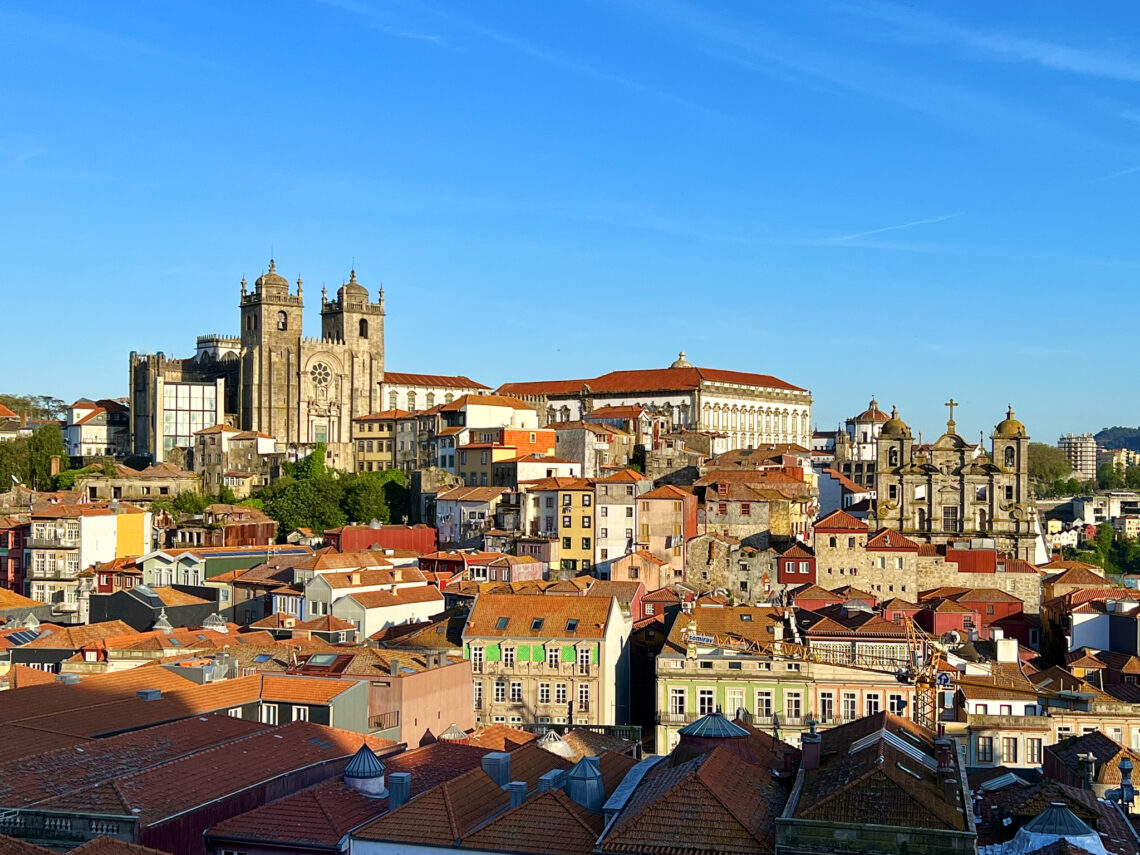
Porto, Portugal
The dragging hours of a lengthy layover at Geneva Airport, courtesy of a missed connecting flight, have me seeking solace in happier travel recollections. Porto, our final stop last spring after two wonderful weeks exploring Portugal, comes vividly to mind. Charles and I drove into the city from the Alentejo, dropping off our rental car at Campanhã station before a quick Uber ride delivered us to our hotel, PortoBay Flores, on the historic Rua das Flores.
Rua das Flores, now a beautifully gentrified pedestrian street, showcases the city’s rich past through its tiled facades and Baroque architecture, with some buildings dating back to 1521. The street’s name recalls the flower gardens that once adorned the aristocratic palacetes. Today, these buildings have largely been transformed into trendy boutiques, upscale eateries, and luxury hotels, including the historically significant PortoBay Flores. Originally the 16th-century Palácio dos Ferrazes and later the 19th-century Casa dos Maias, the PortoBay group thoughtfully restored the main building from its derelict state and added a modern annex overlooking the inner courtyard. This restoration carefully preserved the grand entrance staircase, the original stonework, and the charming 18th-century Baroque chapel.
To escape this interminable Geneva layover, my thoughts turn to the indulgent duplex suite I’d booked on the annex’s top floor. Downstairs, a generous living room with a soaring ceiling; upstairs, a tucked-away sleeping alcove. Two bathrooms offered a welcome convenience, but the true highlight was the sprawling veranda. From there, the colorful cityscape unfolded in a stunning vista, crowned by the iconic Porto Cathedral. Now, while I intended to recall purely joyful moments, this story does take a painful detour – albeit one with a silver lining. Within the first ten minutes of arrival, while descending the awkward and poorly lit stairs leading from the sleeping alcove, I sprained my foot. I couldn’t walk, put pressure on it, or even put on a shoe. Enter Charles, my steadfast advocate. He swiftly alerted the general manager, illustrating the hazardous lighting (or lack thereof) on the stairs. Her palpable fear of a lawsuit proved to be our unexpected fortune, as the staff promptly elevated our treatment to palatial levels.
The next morning, with Charles holding me up, I hobbled downhill in hotel slippers to Hospital de São Francisco do Porto, a private hospital where I was able to see an orthopaedic specialist within an hour of arriving. He examined my foot and prescribed strong anti-inflammatory medication and cream. The entire visit cost only €75. A similar hospital visit in the U.S. would’ve cost a $250 co-pay, and my insurance company would’ve billed the hospital for thousands of dollars. Experiences like this really make you realize how terrible the healthcare system is in America. Furthermore, it cost a mere €6 to fill the prescriptions at the local pharmacy – without insurance! I also purchased two canes at the pharmacy to help me walk. I wasn’t about to let this sprain ruin our time in Porto.
My next mission was to find proper footwear. I couldn’t slide my foot into a covered shoe, and so I needed a supportive sandal. We took a taxi to Rua de Santa Catarina, a pedestrianized shopping street with tons of mid-market stores. I first bought a pair of Adidas slides, but the covering was too painful. I then purchased a pair of Birkenstocks, but they were too stiff and uncomfortable. Third time’s the charm proved to be true for this Goldilocks. At a Camper brand store, I found the perfect pair of suede sandals that velcroed shut with a comfortable sole and ankle support. Now I was ready to paint the town red!
Ambling with the aid of twin canes and my new pair of Campers, we explored Porto Baixa, starting with Mercado do Bolhão. This recently revitalized food market dates back to 1837, and vendors still stock fresh produce, meats, fish, flowers, spices, nuts, and locally made handicrafts – like they did almost two centuries ago. We then noticed little old ladies flocking to Confeitaria do Bolhão and followed suit. This traditional bakery, located across the street from the market, is a beloved institution. We ordered several buttery, flaky, cream-filled baked goods and devoured them in minutes. We then walked over to nearby Avenida dos Aliados, a majestic boulevard lined with impressive Neoclassical and Art Nouveau buildings, embodying the city’s architectural grandeur and historical importance. One of those buildings includes the splendid Câmara Municipal do Porto, Porto City Hall, with its 230-foot clock tower that serves as a defining feature of the city skyline. On our way back to the hotel, we popped into The Feeting Room, a multi-brand concept store featuring Portuguese and international emerging designers and independent labels. Charles and I both did some major damage (to our credit cards).
Upon returning to our suite, a spread of chocolates, fresh figs, and a bottle of port was waiting for us on the coffee table; this would be the first of many treats provided by the hotel in paying penance towards my sprained foot. The hotel concierge was also able to rebook us into Cozinha das Flores for dinner that evening, where we were supposed to dine the night before – the night of the foot incident. This is one of the hottest tables in Porto, offering a modern take on traditional Portuguese cuisine. Chef Nuno Mendes and his team emphasize fresh, seasonal ingredients and creative presentations, aiming to elevate classic flavors with contemporary culinary techniques. We loved the turnip nata with caviar, a savory play on the ubiquitous pasteis de nata. The grilled local spider crab donuts were life changing, as was the rye and corn bread baked in cabbage, served with churned butter and local fish brandade.
The next day, we were supposed to take a historical walking tour of the city. Instead, the hotel concierge arranged a unique open-sided vintage car tour. Our guide and driver, Camila, began with a visit to the Sé do Porto, the grand 13th-century cathedral perched on a hill overlooking the Ribeira district, the Douro River, and the port cantinas across the river in Vila Nova de Gaia. We got out and marveled at the views from the terreiro in front of the church. Then, Camila drove us across the Douro to Miradouro da Serra do Pilar, an overlook in front of an old monastery with amazing views of the iconic Dom Luís I Bridge and the river as it winds its way west towards the Atlantic. In the glorious early afternoon sunshine, the colorful façades and orange rooftops of Porto’s old town were a dazzling sight. Next stop was the Igreja de Santo Ildefonso, a prominent 18th-century church known for its stunning blue and white tilework. We then took a quick spin around Praça de Gomes Teixeira, a vibrant square near the university with the distinguished green Fonte dos Leões at its center. Camila then headed downhill and concluded the tour along the Douro in the Ribeira district.
Charles and I walked along the Cais de Ribeira riverfront, which was overflowing with tourists. Porto has really blown up in popularity over the past few years, thanks to its flourishing wine and port industries. The area was a bit too crowded for our liking, but in a nearby hidden travessa, we had a delightful tapisco lunch at Restaurante Terreirinho. Thankfully, my injury was feeling a lot better, and I had the confidence to explore the city by foot – but with my two canes still in tow. We walked back uphill via the Escadas da Vitoria and took a quick respite from the sun’s penetrating heat in the quiet and cool Igreja de Nossa Senhora da Vitória. It seemed as we moved further uphill and away from the river, the less tourists we encountered.
Back near Praça de Gomes Teixeira, Charles parked himself on a bench in the Jardim da Cordoaria, and I got a closer look at the 18th-century Torre dos Clérigos – one of the city’s most recognizable landmarks – a Baroque bell tower covered in ornate carvings and delicate contours. We continued our stroll past Livraria Lello, a historic bookstore said to have been J.K. Rowling’s inspiration for Harry Potter and Hogwarts. There was an insane line outside to enter. Apparently, you have to purchase a ticket months in advance just to catch a glimpse of the inside. A few blocks away, we visited LOT (Labels of Tomorrow), the sister store to The Feeting Room, in a beautiful and perfectly curated space. We purchased a fragrance called Grey Bergamot by Next Memory, a Portuguese atelier. It’s reminiscent of the bouquet emitted by bitter orange flowers, which we inhaled all over the Alentejo.
Charles and I were to depart the next day. As a final gesture (to keep us from suing), the hotel granted us a very late checkout, allowing us to store our bags and continue exploring the city until our evening flight. After ducking into São Bento railway station to marvel at the elaborate azulejo tilework in the main vestibule, we walked across the upper level of the Ponte Luís I Bridge, a striking double-deck iron span across the Douro built in the late 19th century by a disciple of Gustave Eiffel. We then snuck in a bunch of last-minute shopping, starting with the purchase of gorgeous teal and white hand-woven wool pillow covers from Loja da Burel. We then stocked up on canned sardines from Loja das Conservas – because how could we leave Portugal without one of their most prized exports. Finally, I picked up several artisanal soaps from the Claus Porto flagship store, located on Rua das Flores across the street from the hotel.
After all the excitement with my foot, I proved to myself just how resilient I can be in the face of adversity. We didn’t get to see and experience everything on our original itinerary – like the Fundação Serralves or visiting a port lodge in Gaia – but that just means we’ll have to go back to Porto some day…and I hope very soon.
Last visited in April, 2024



